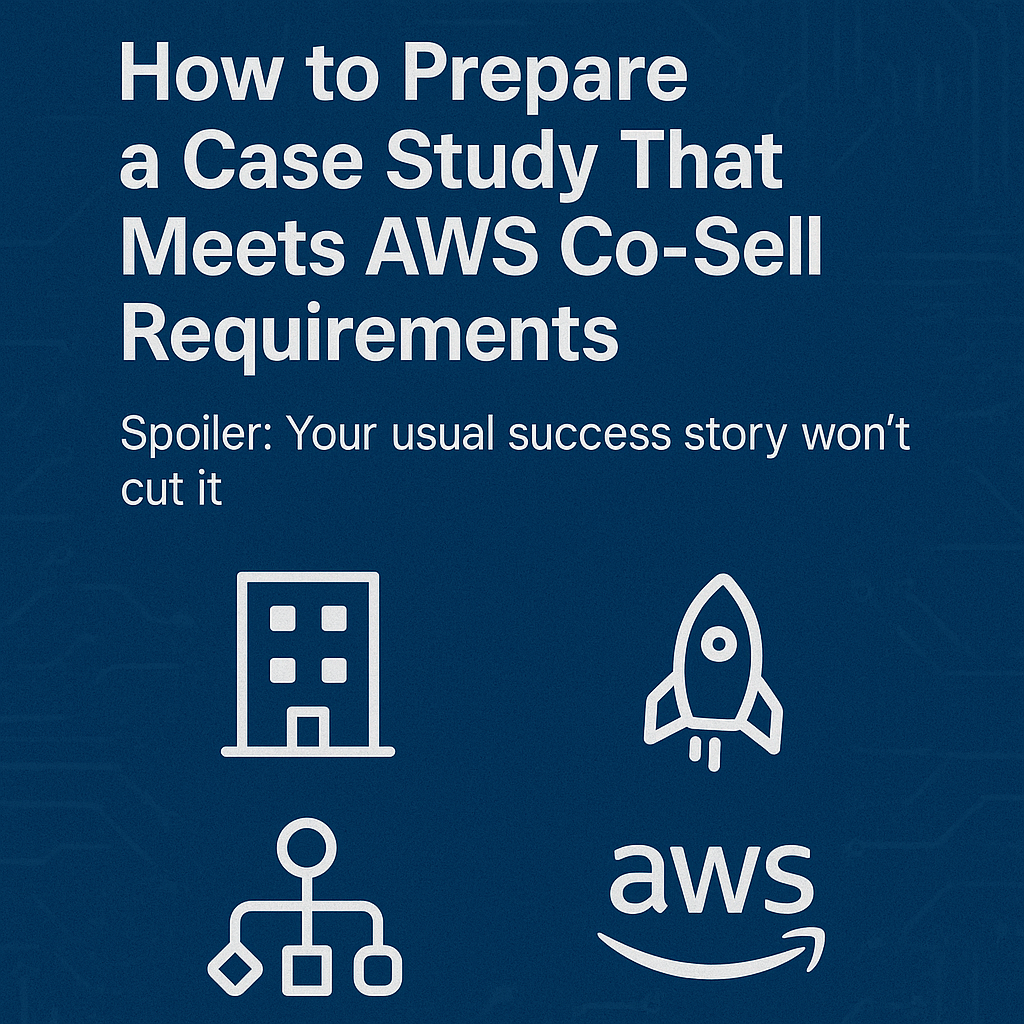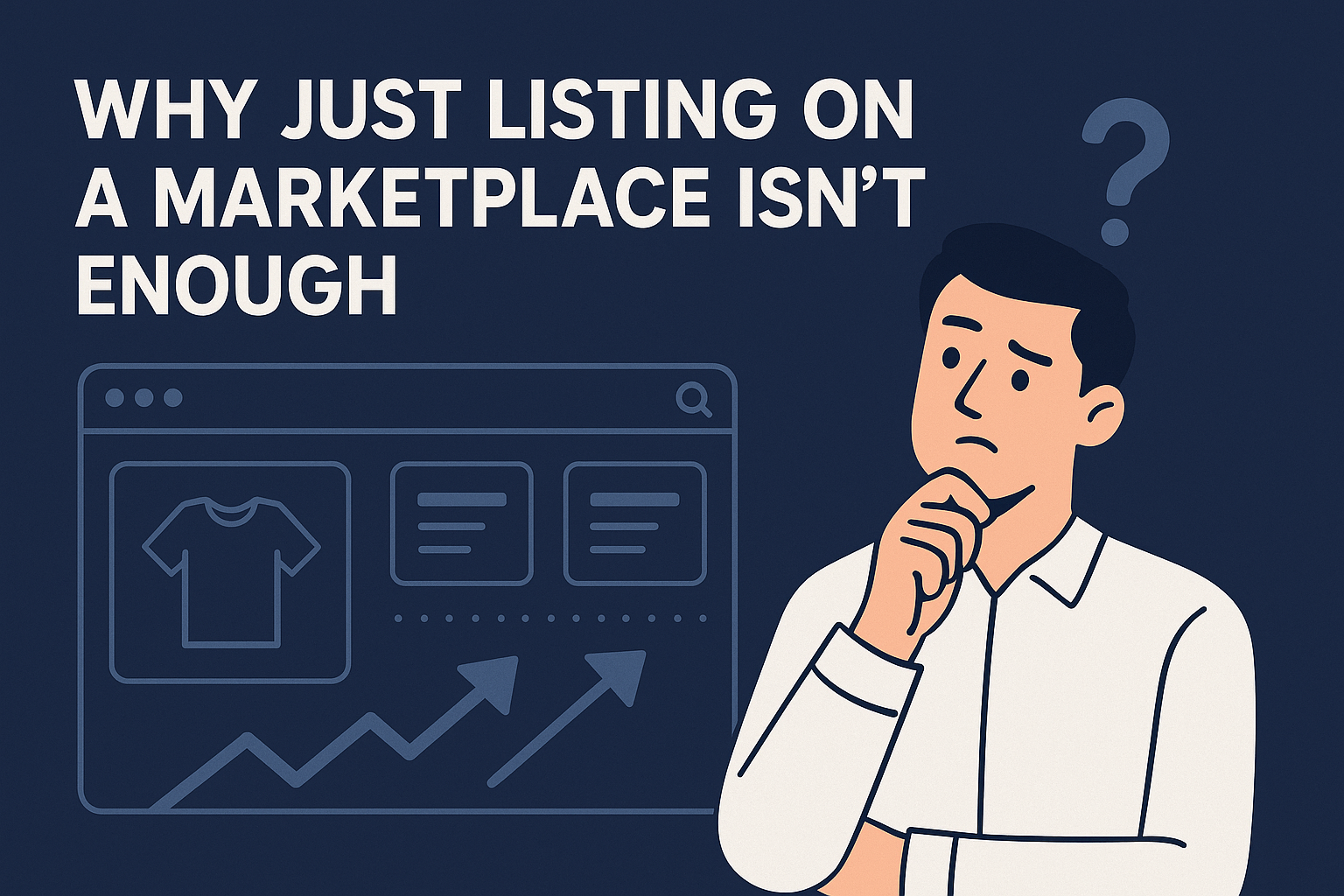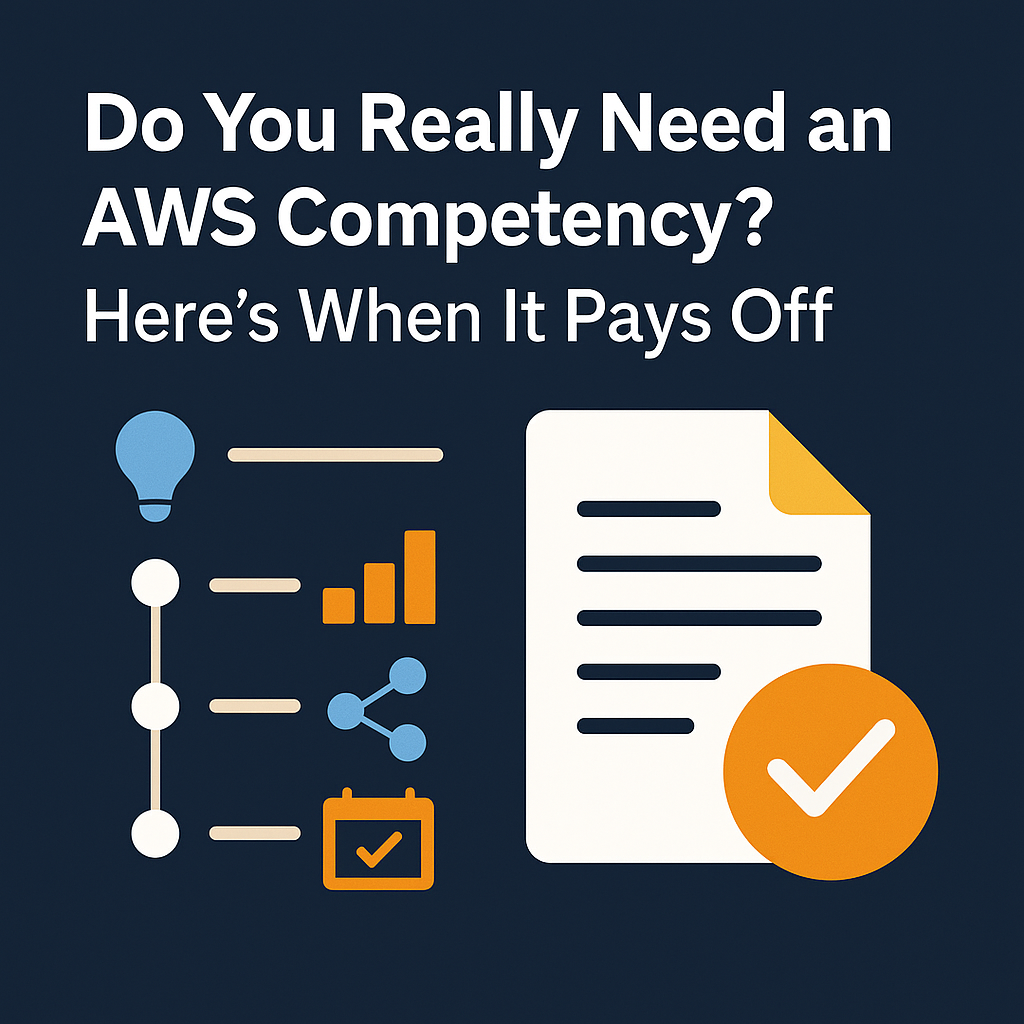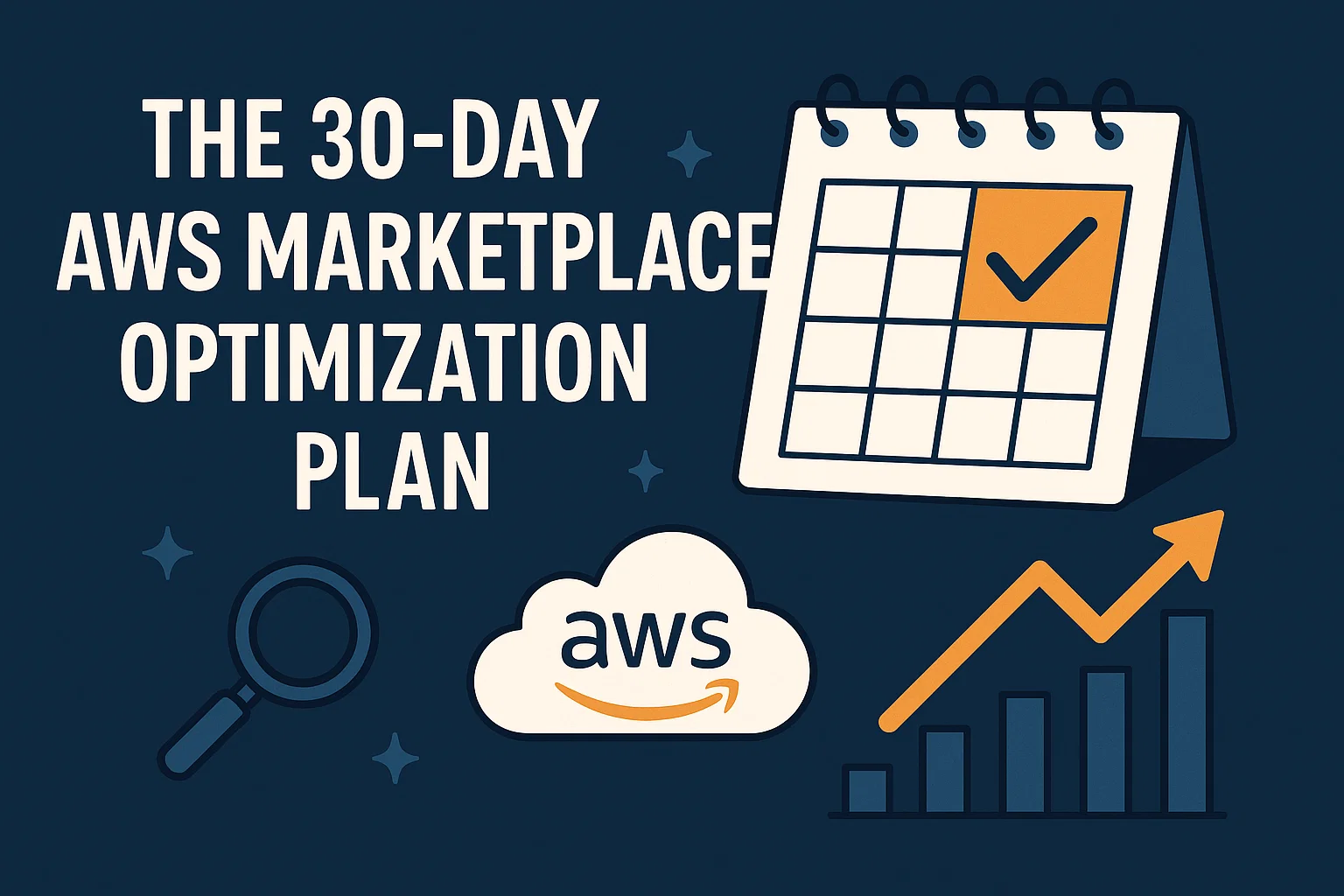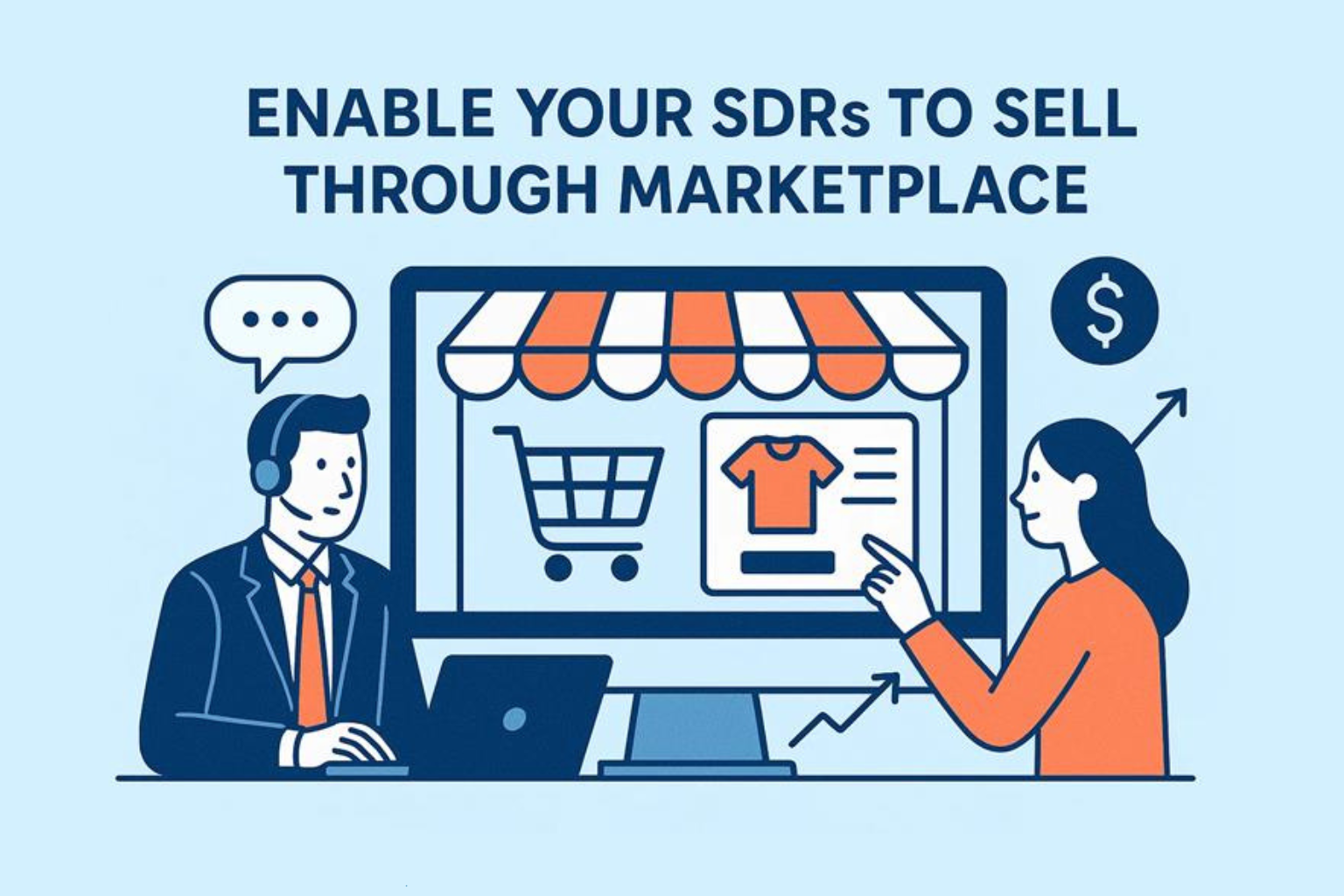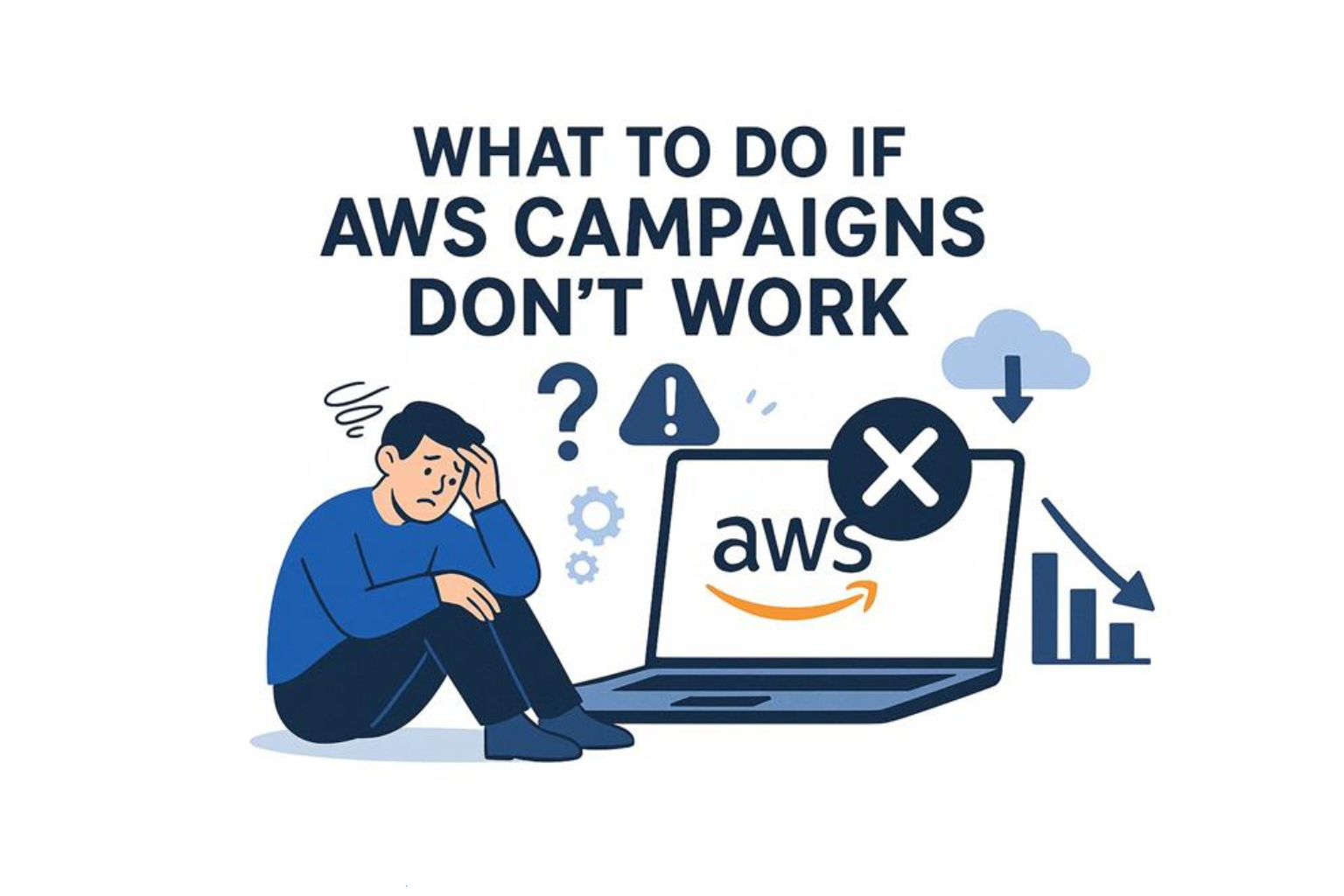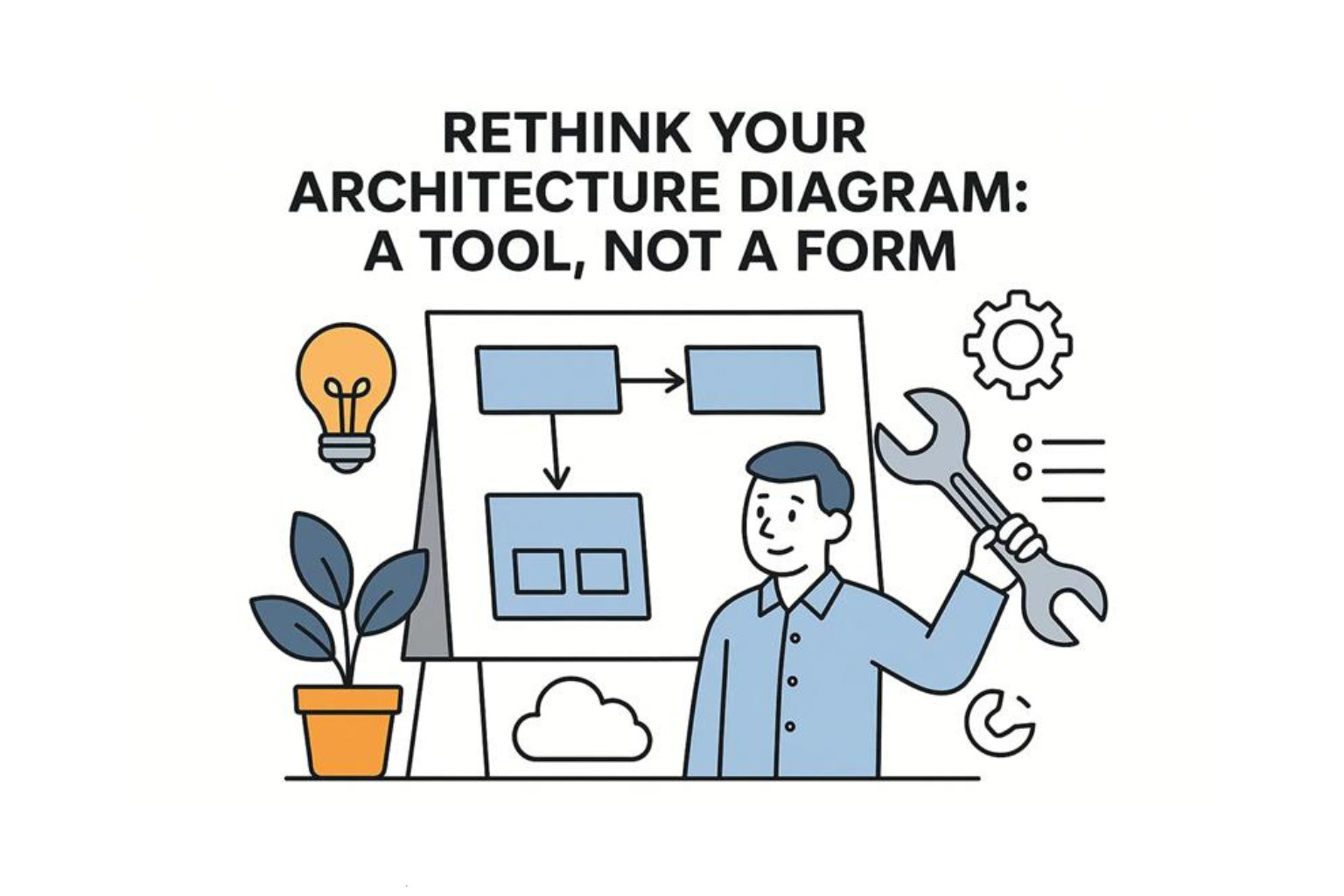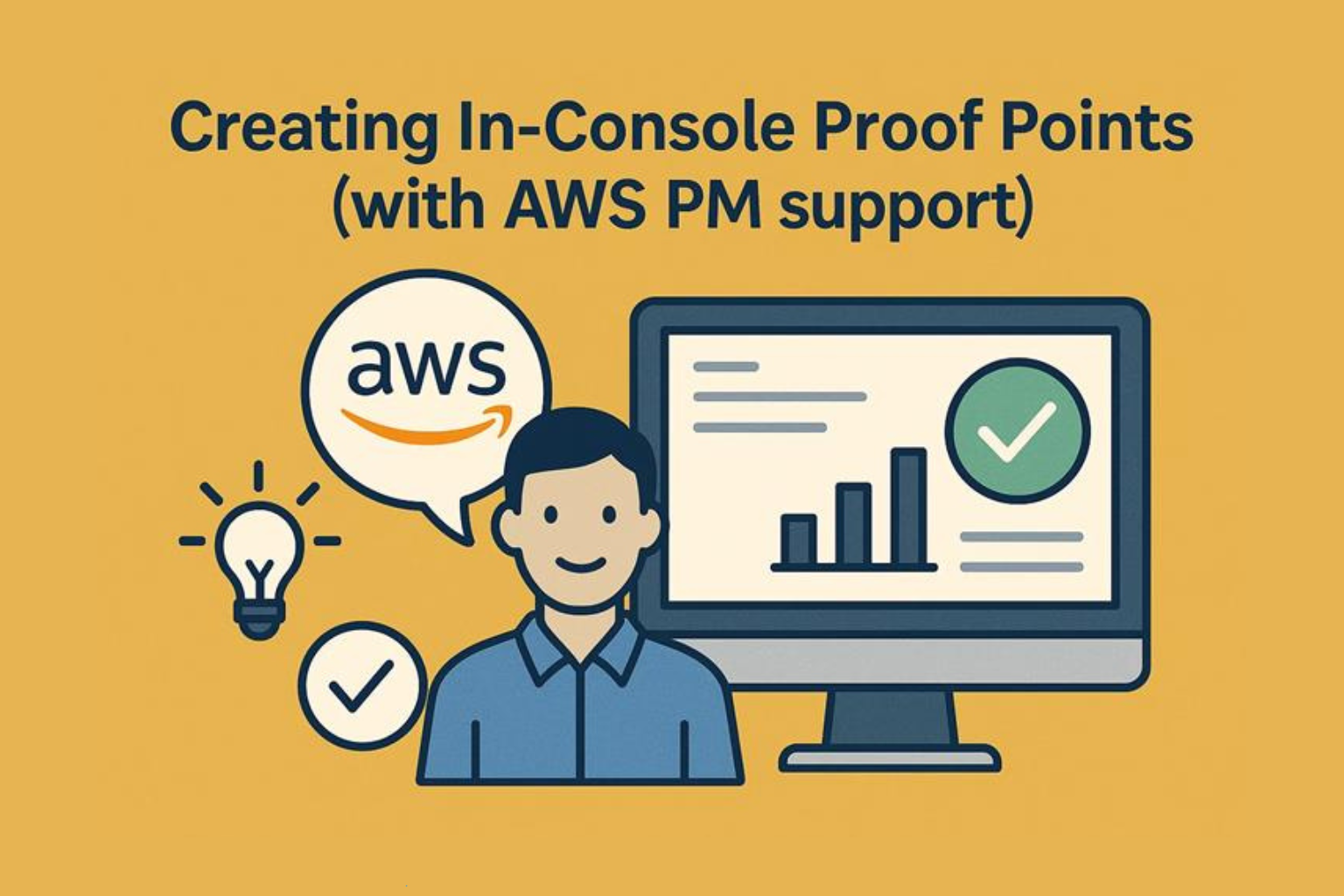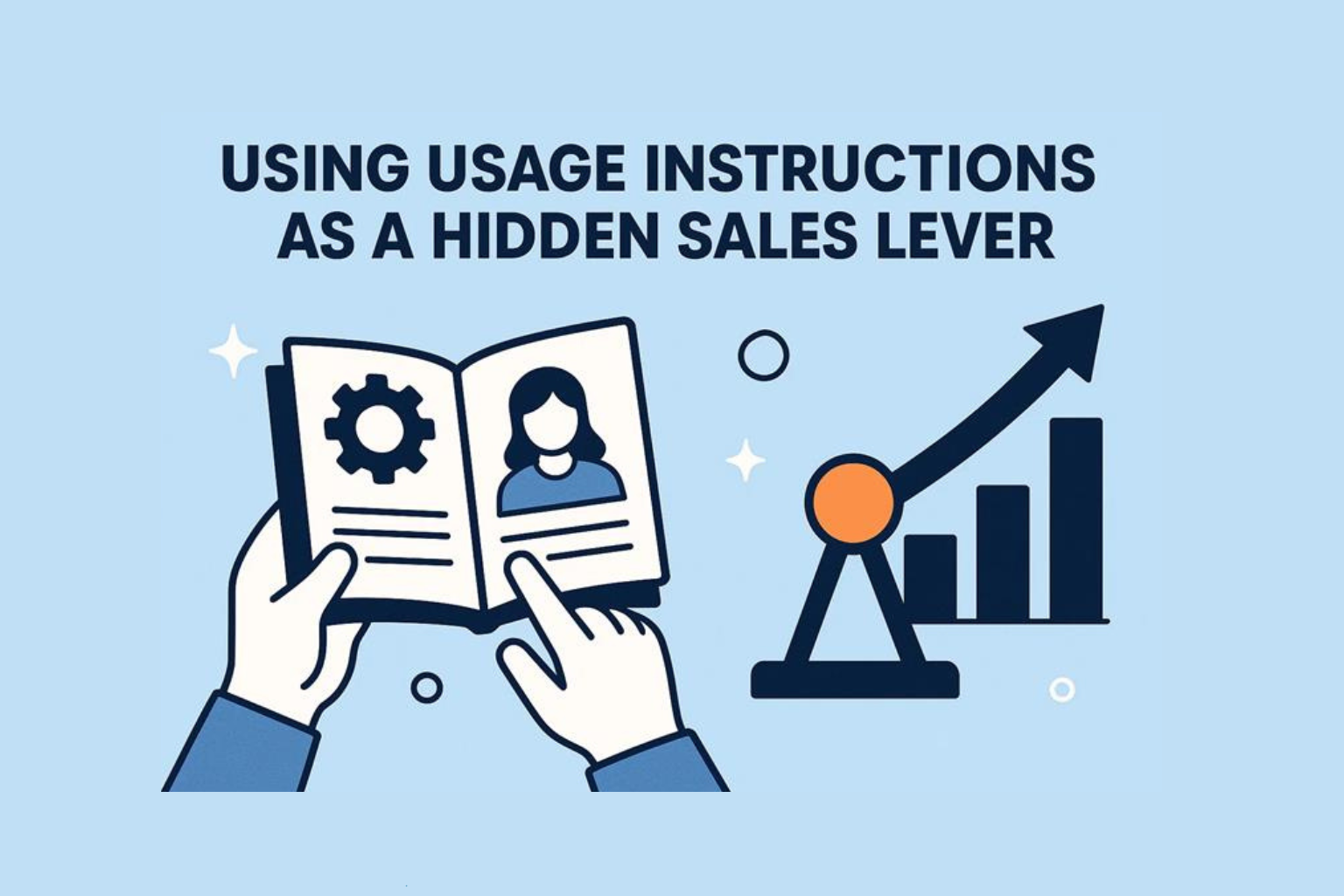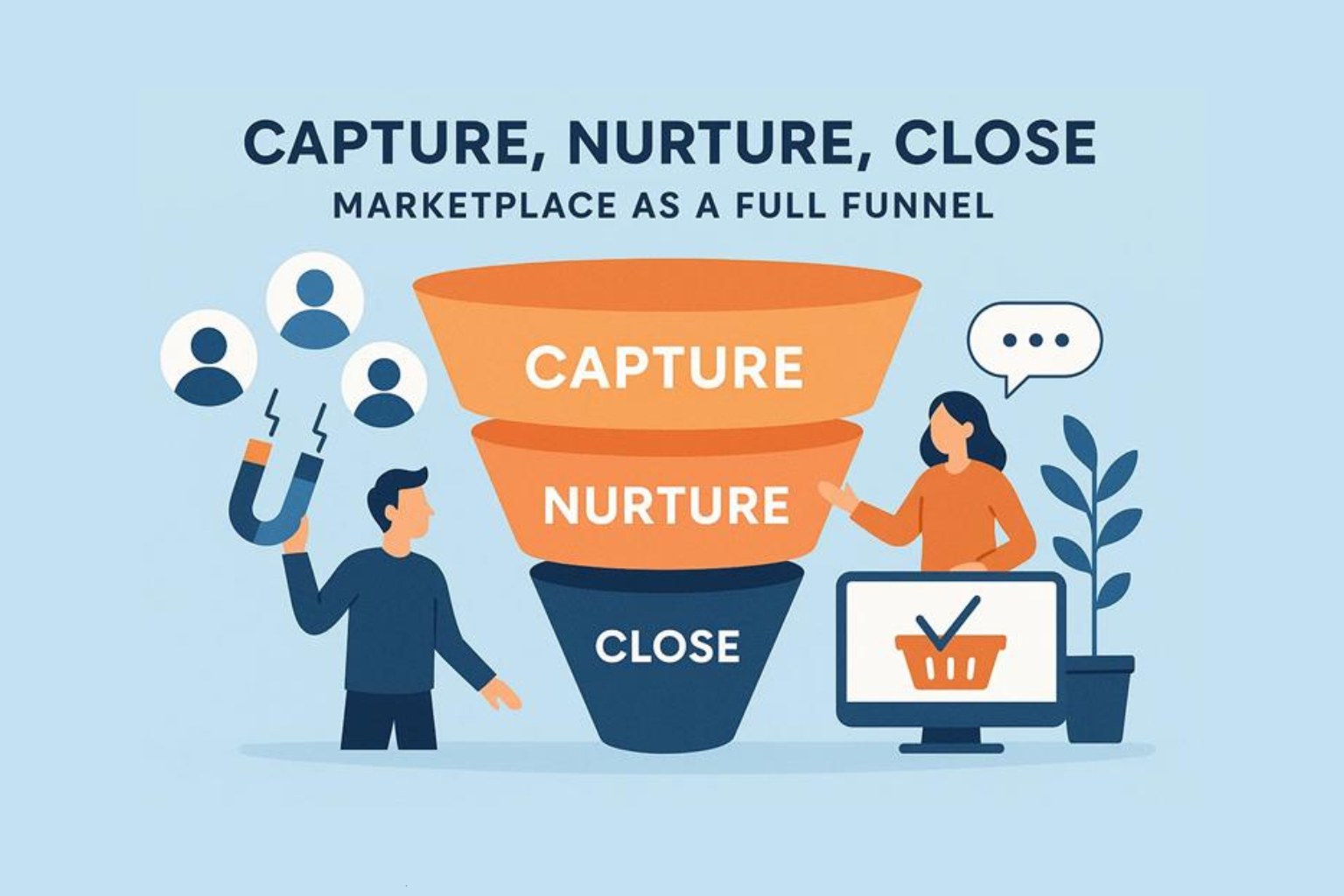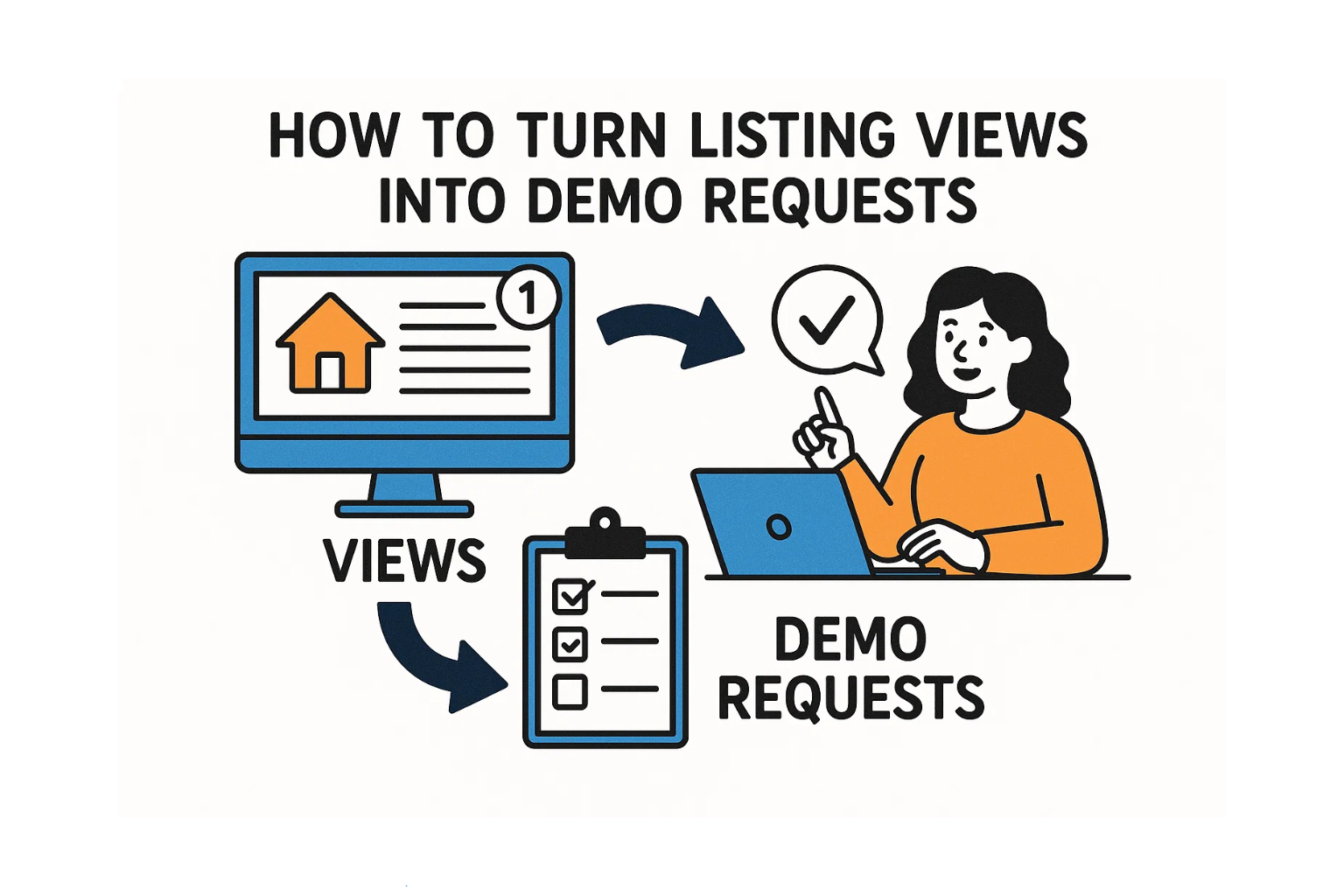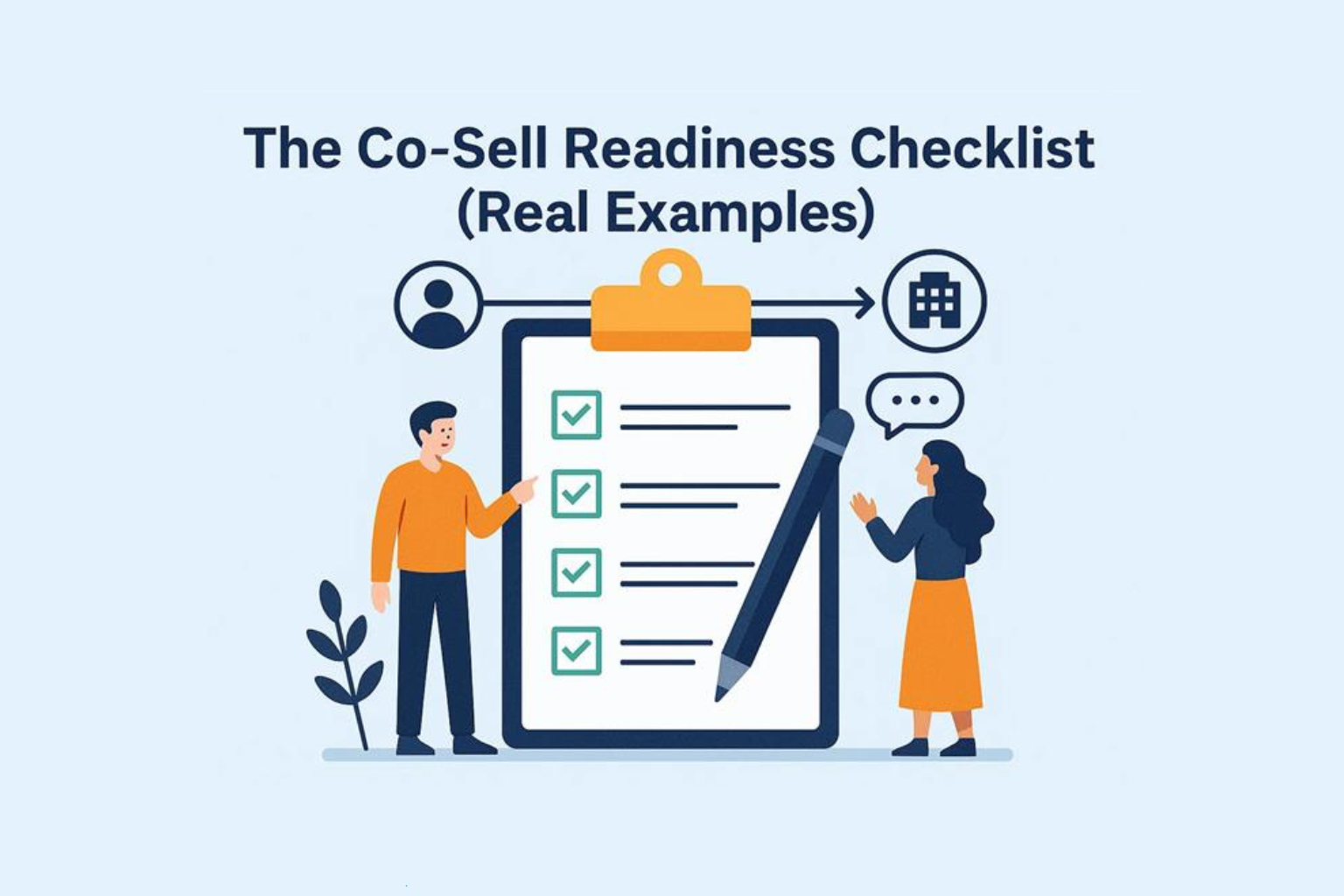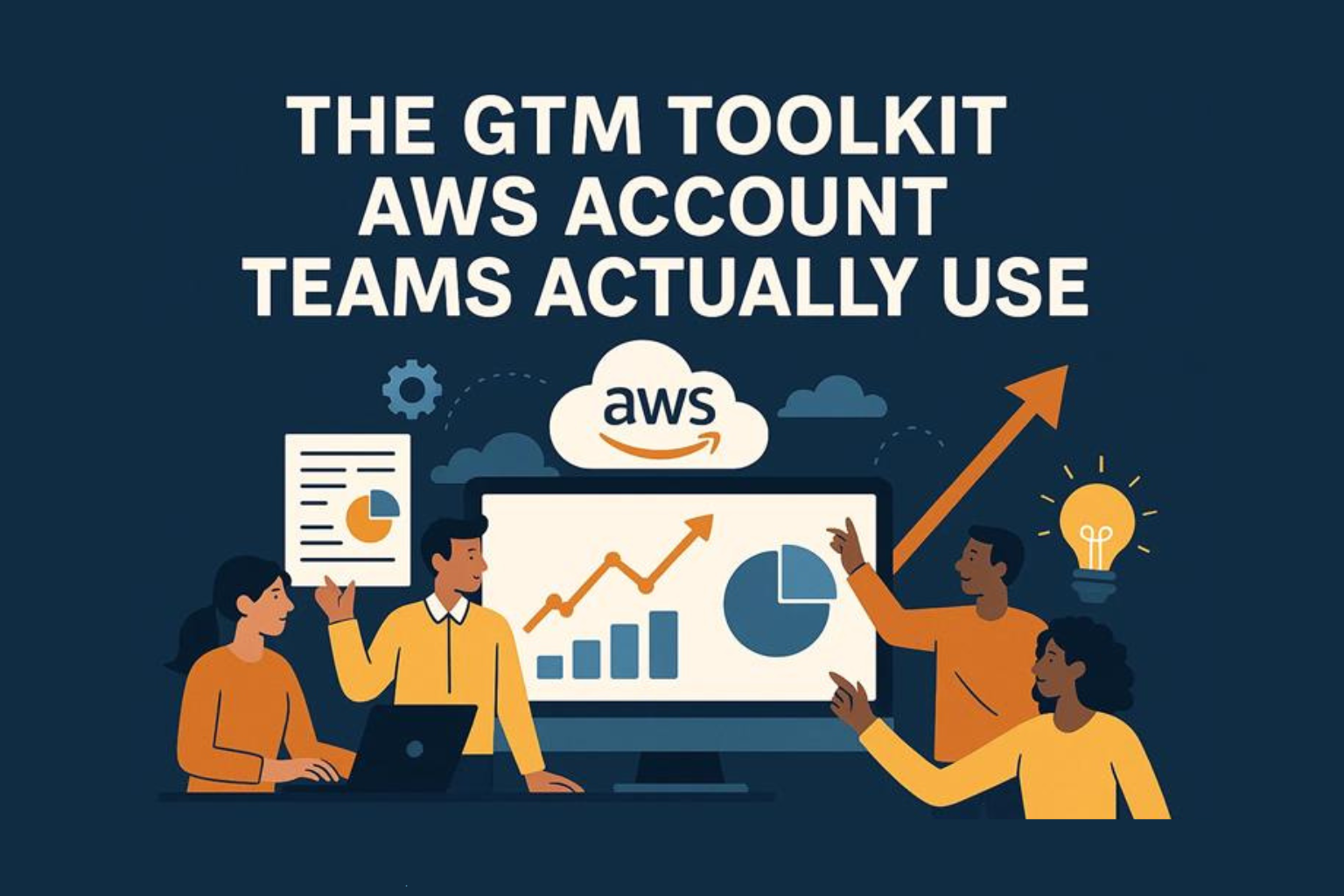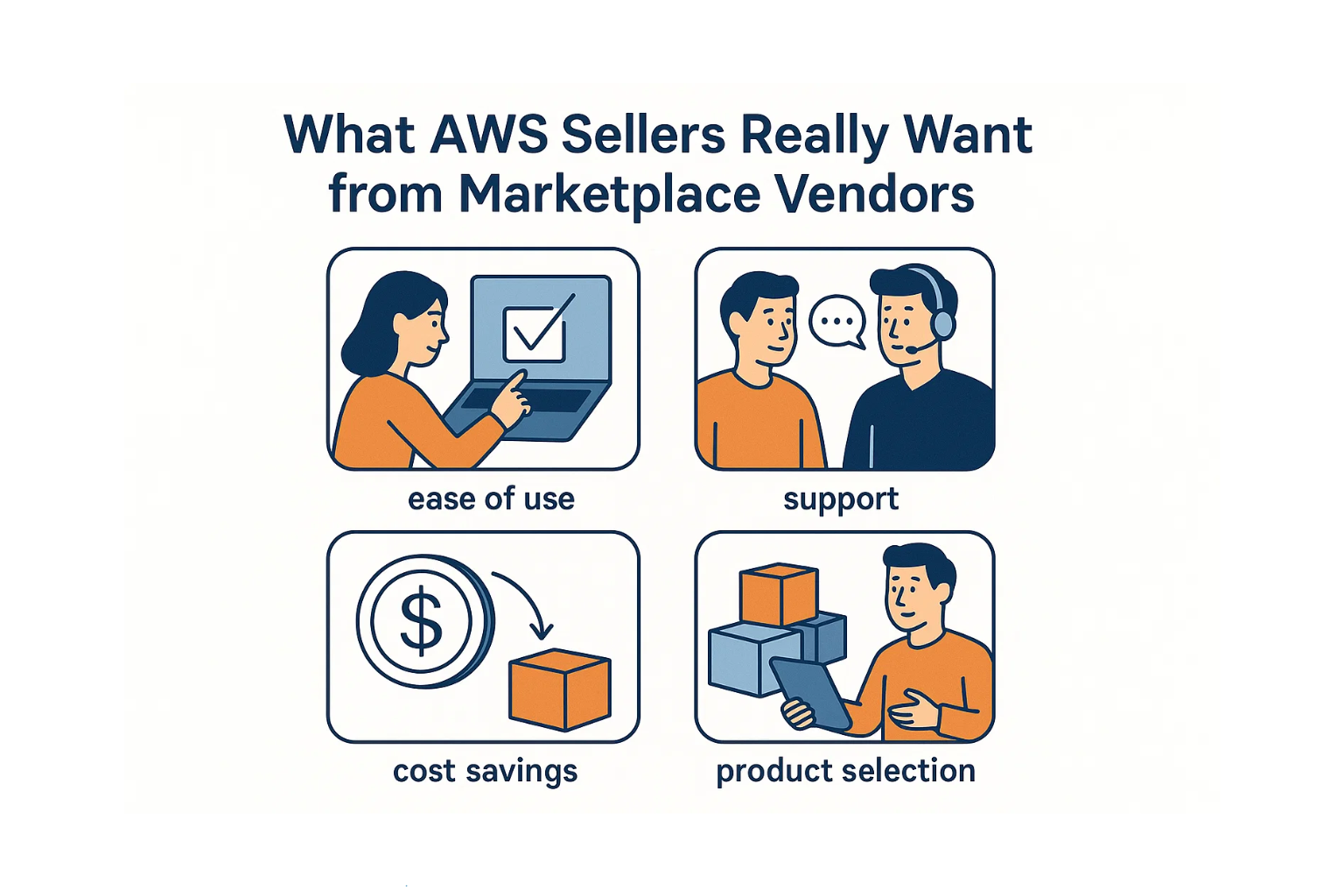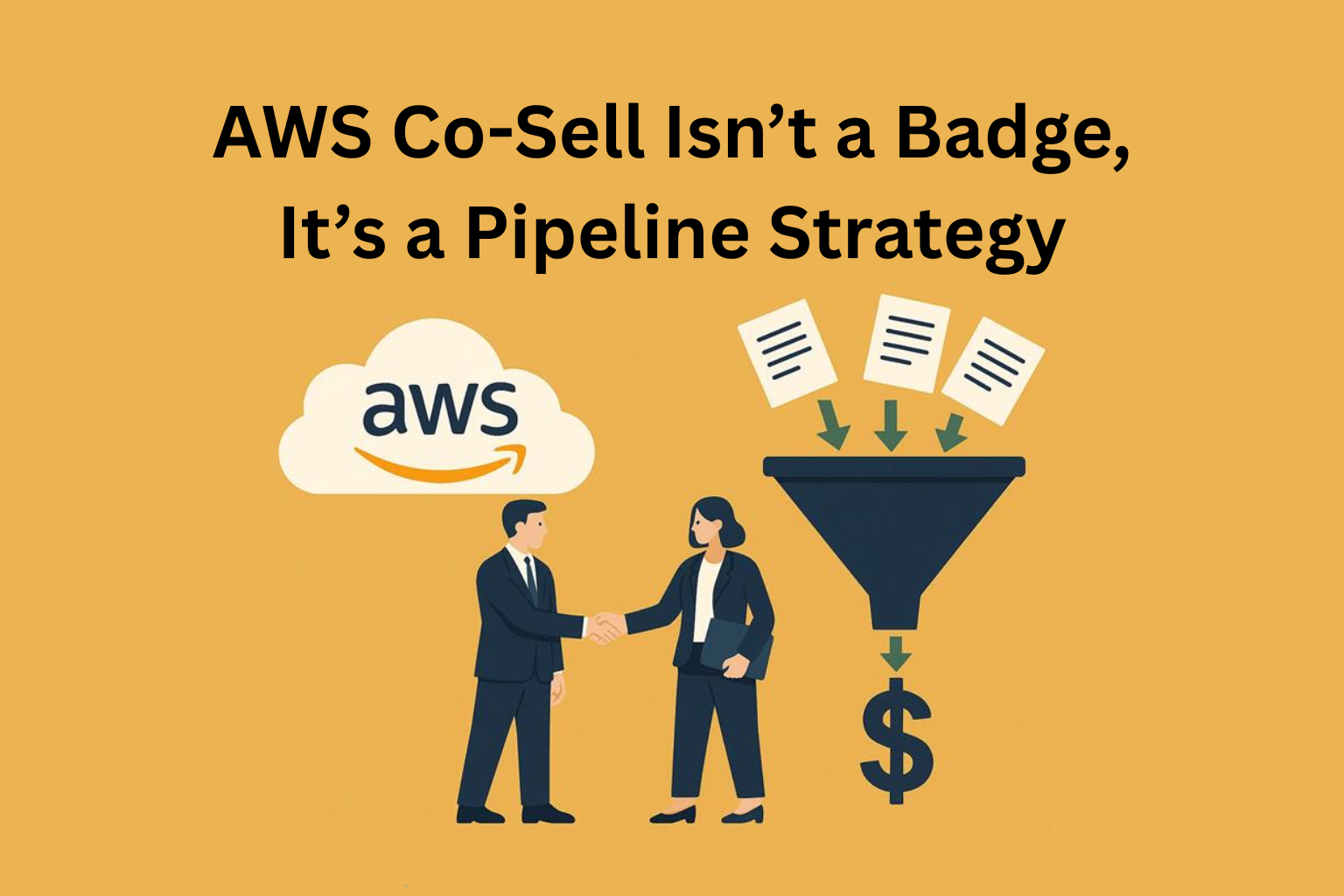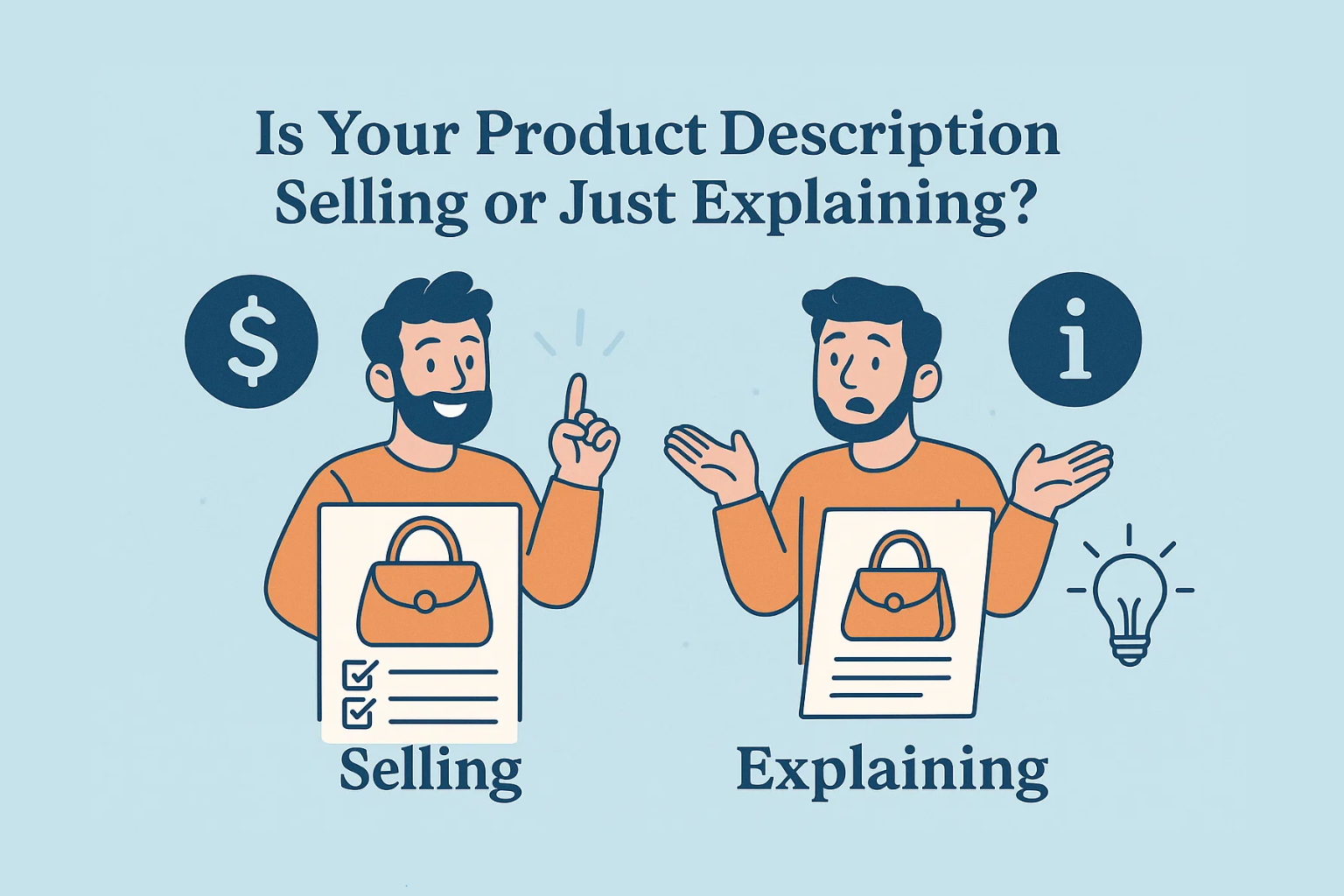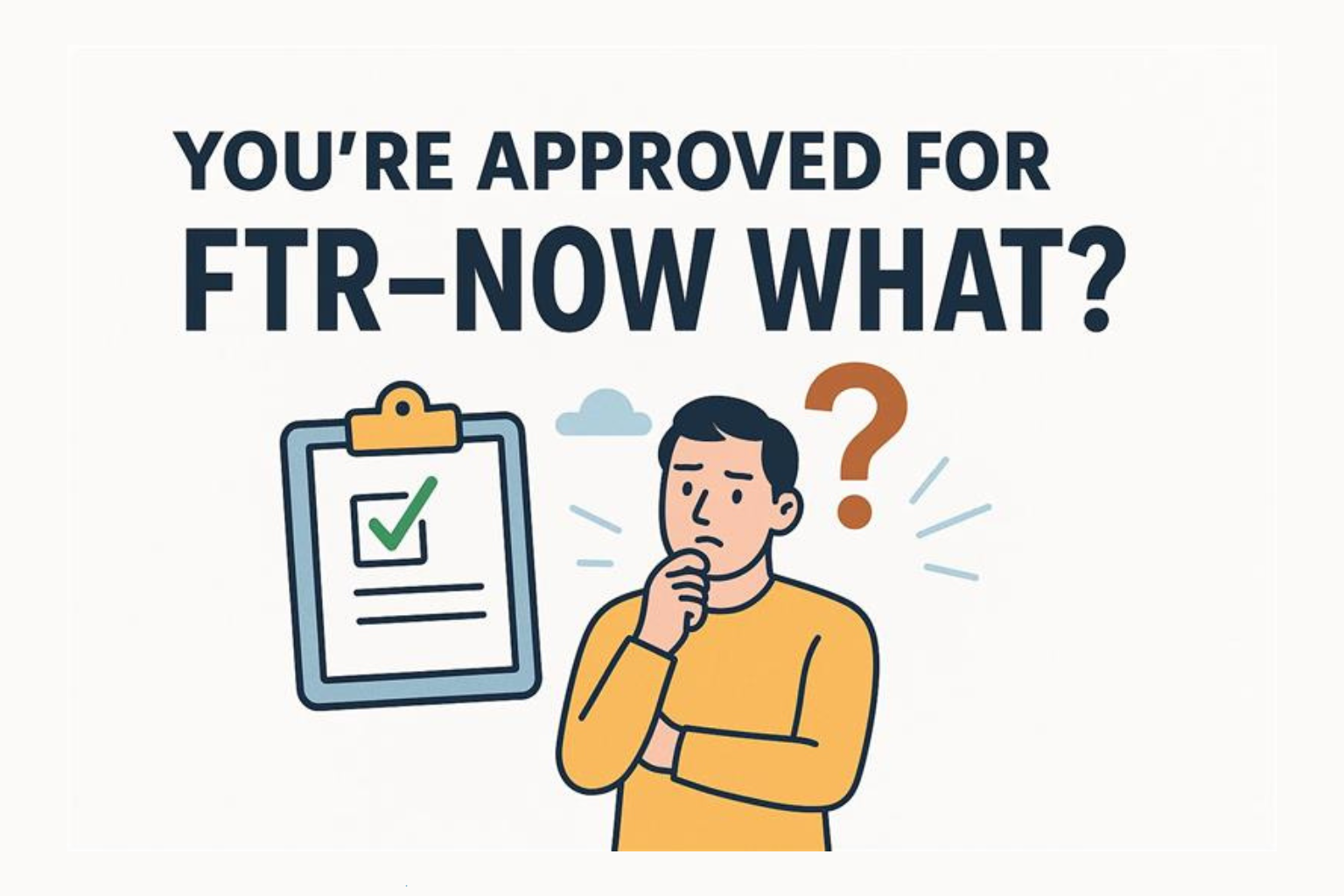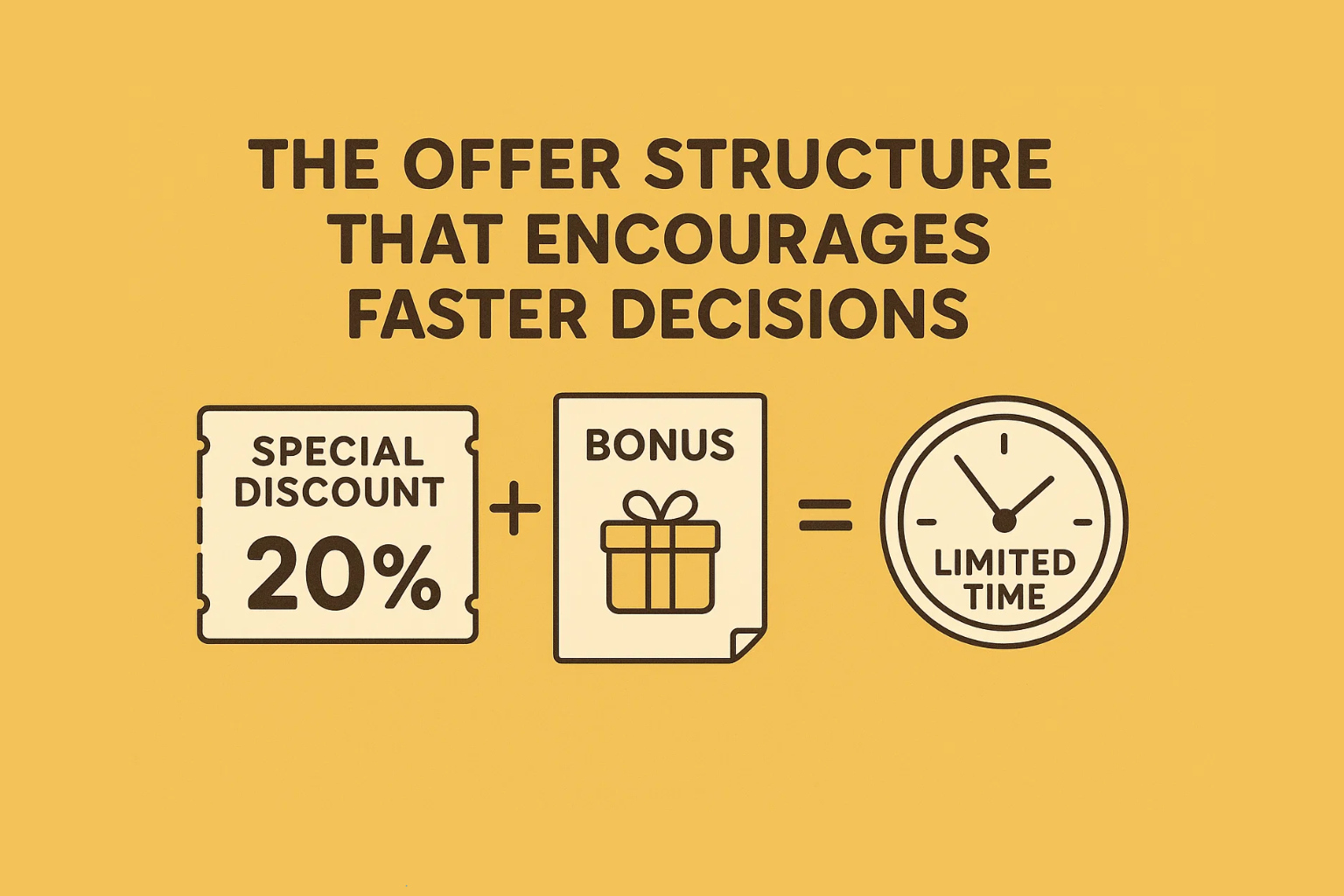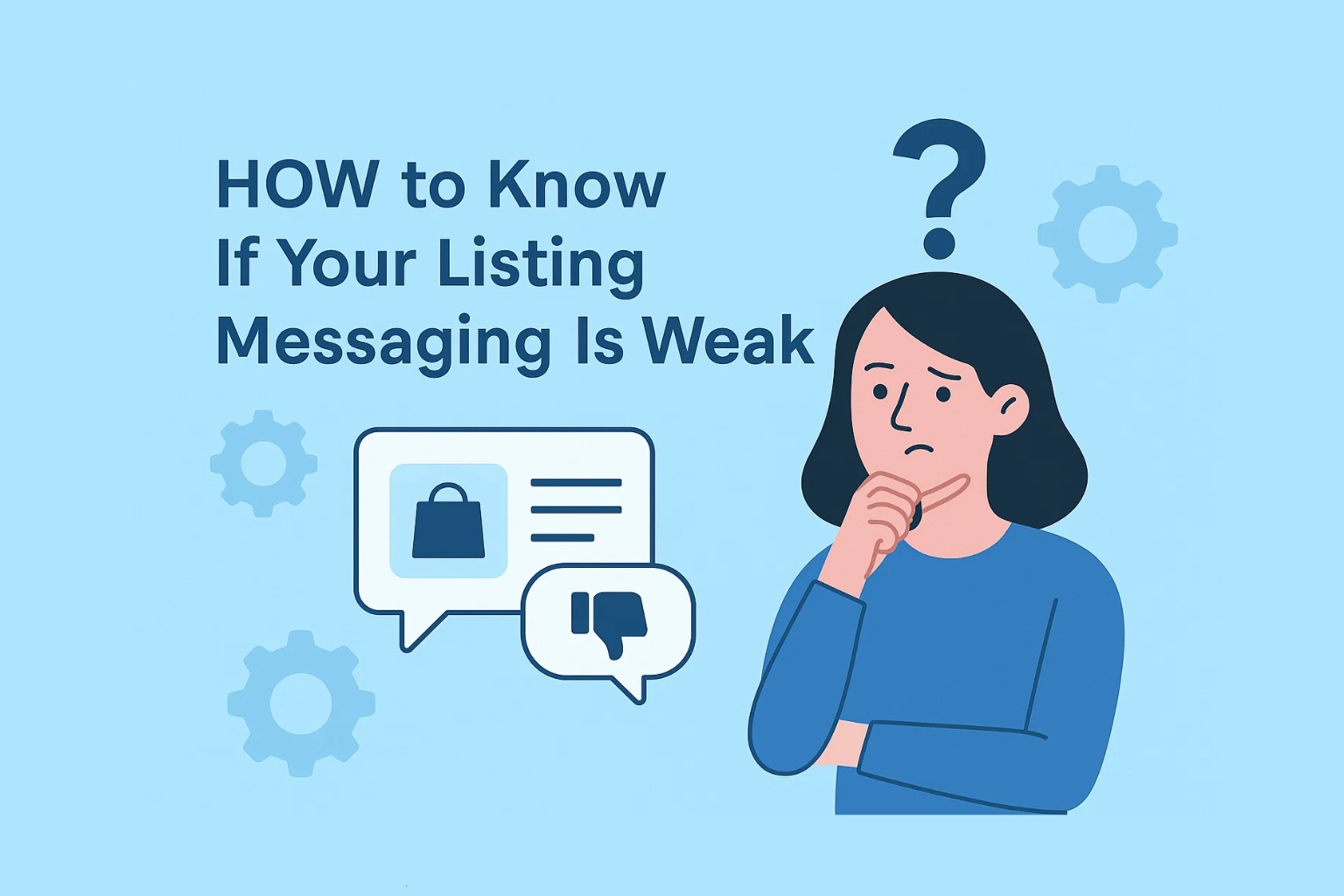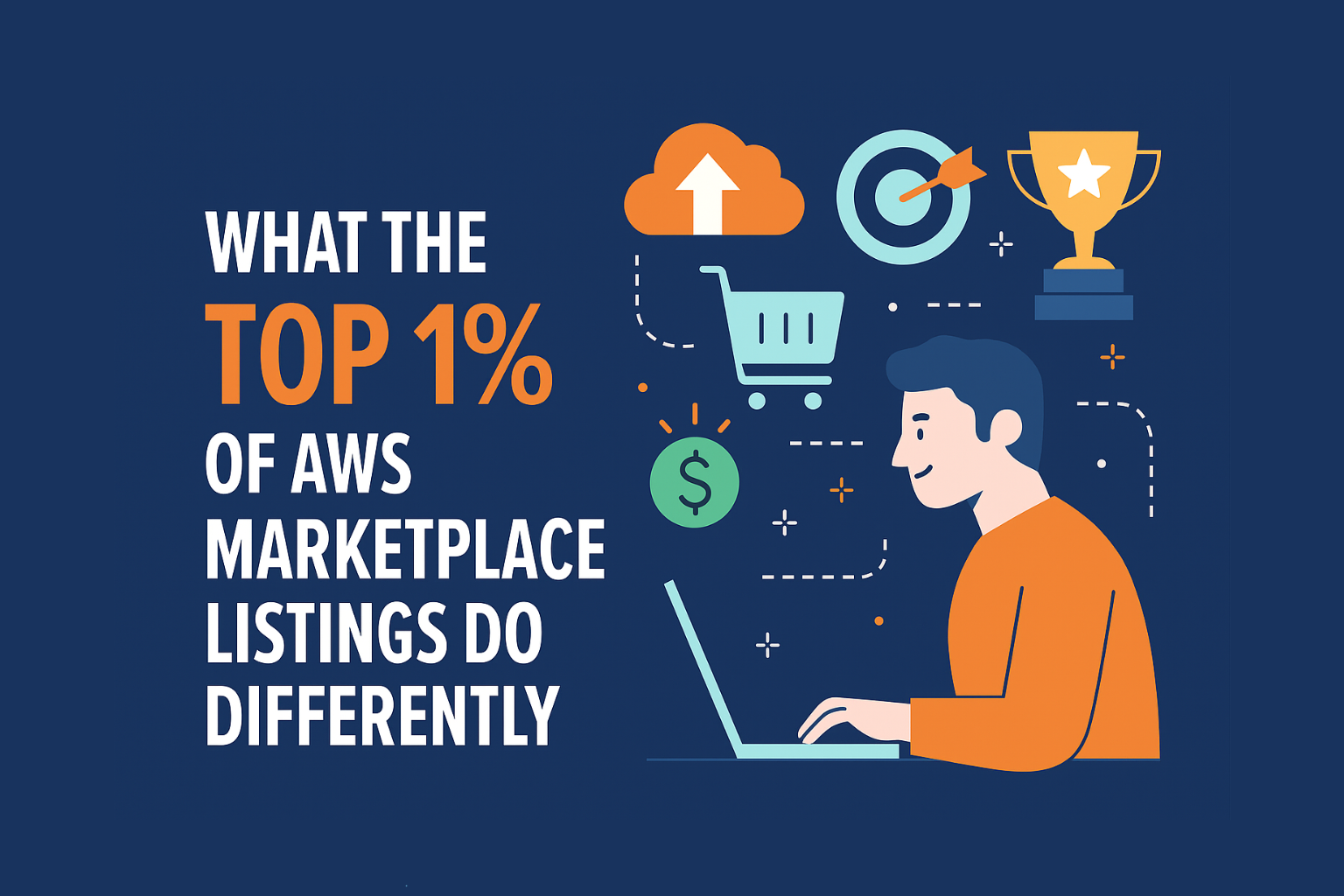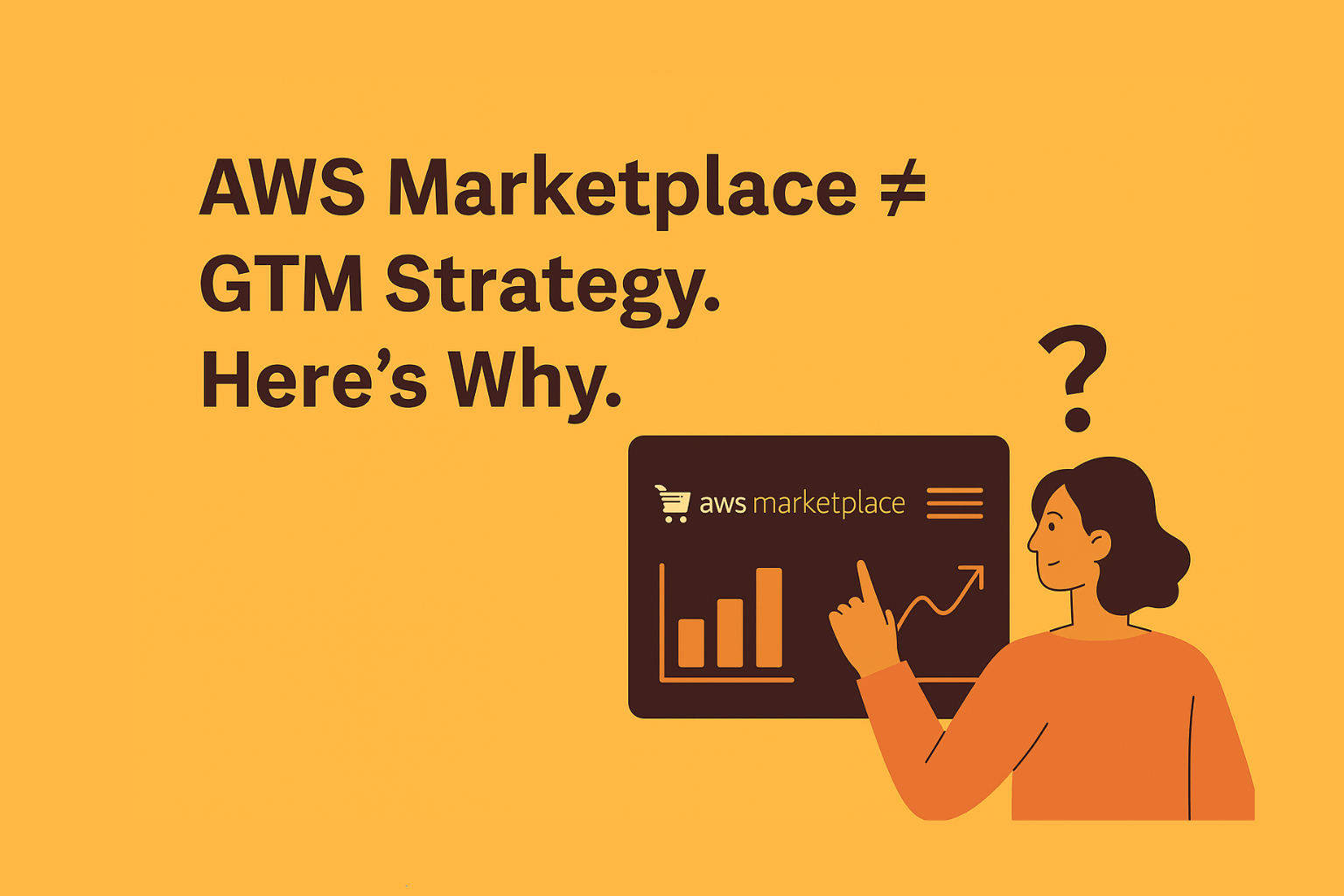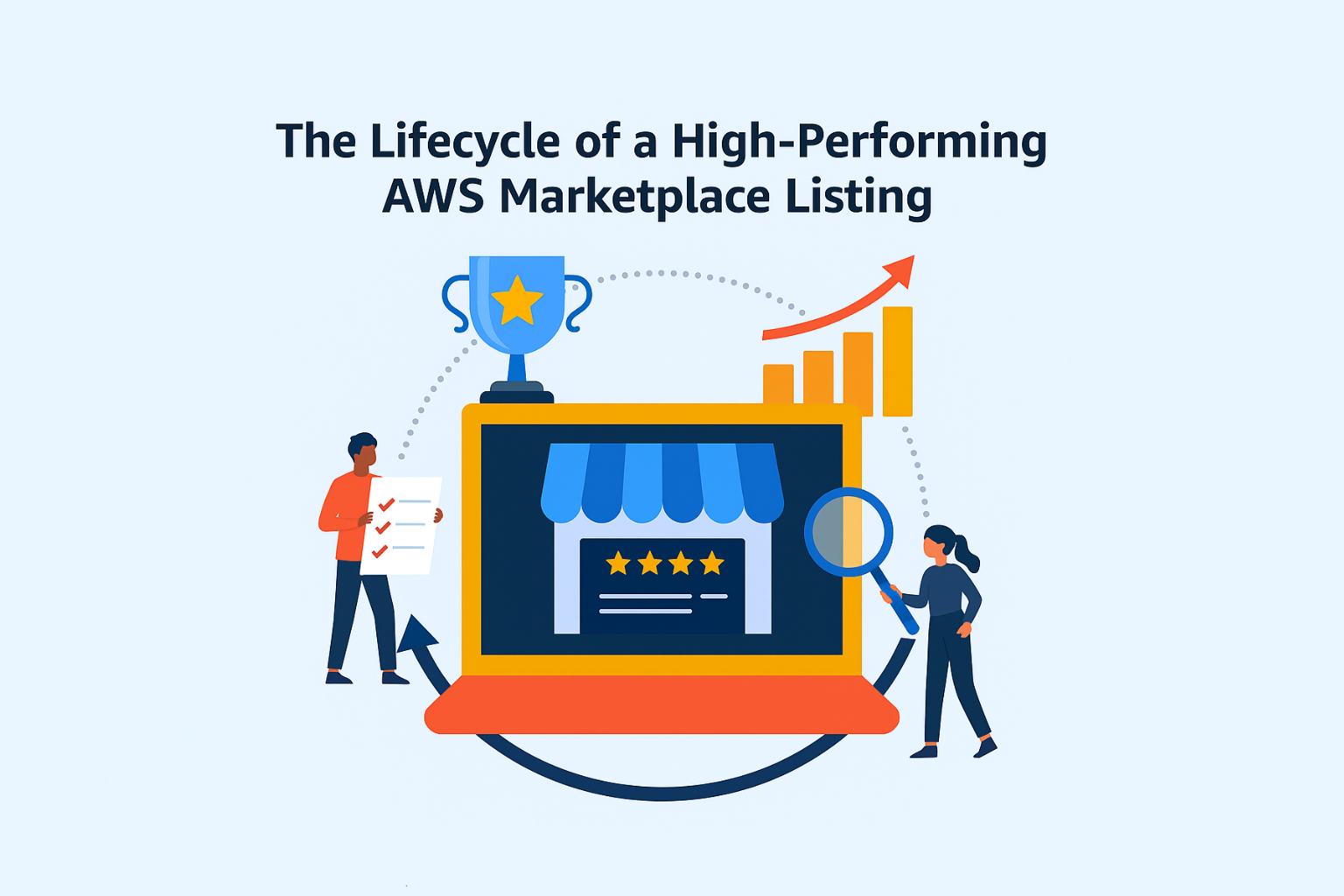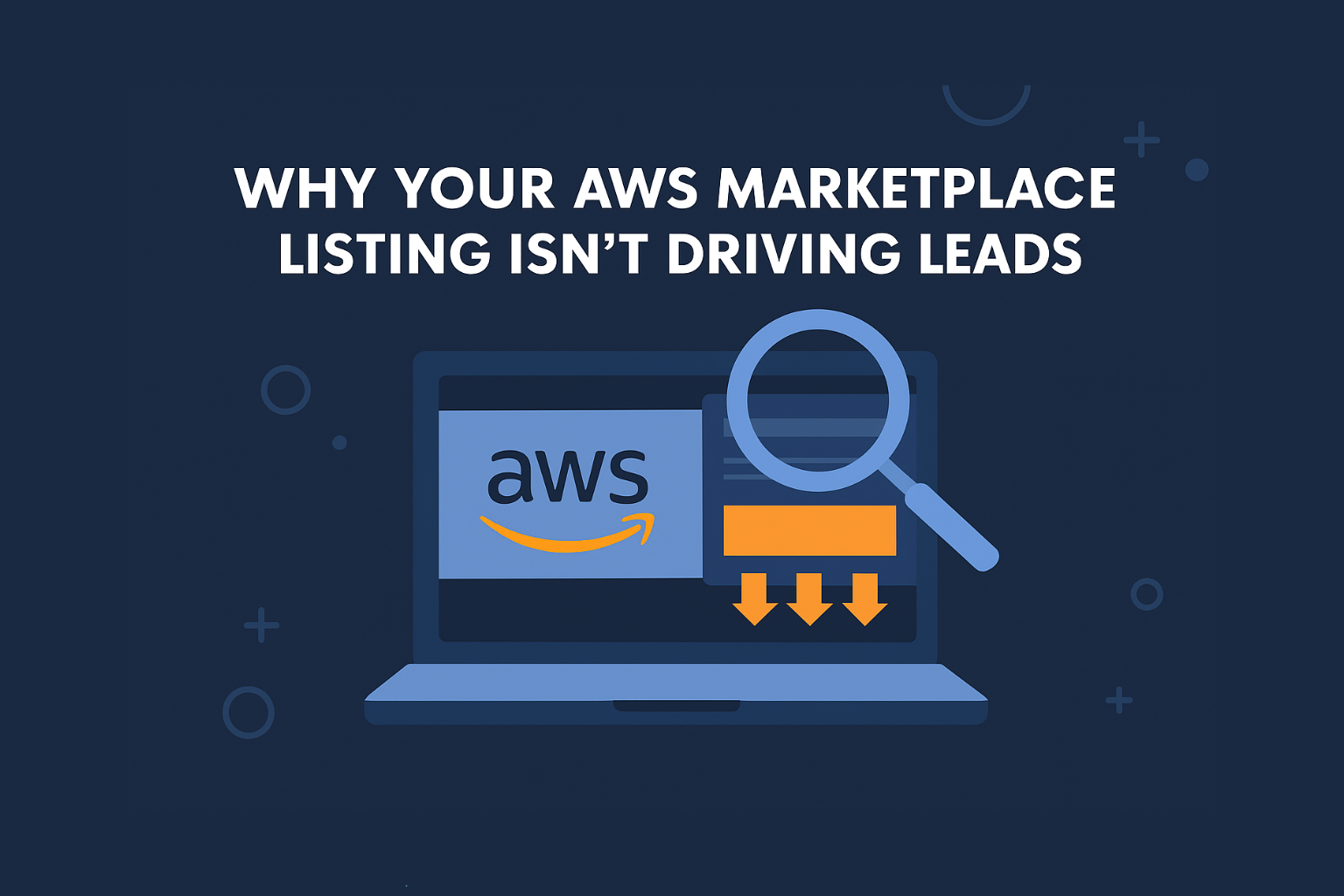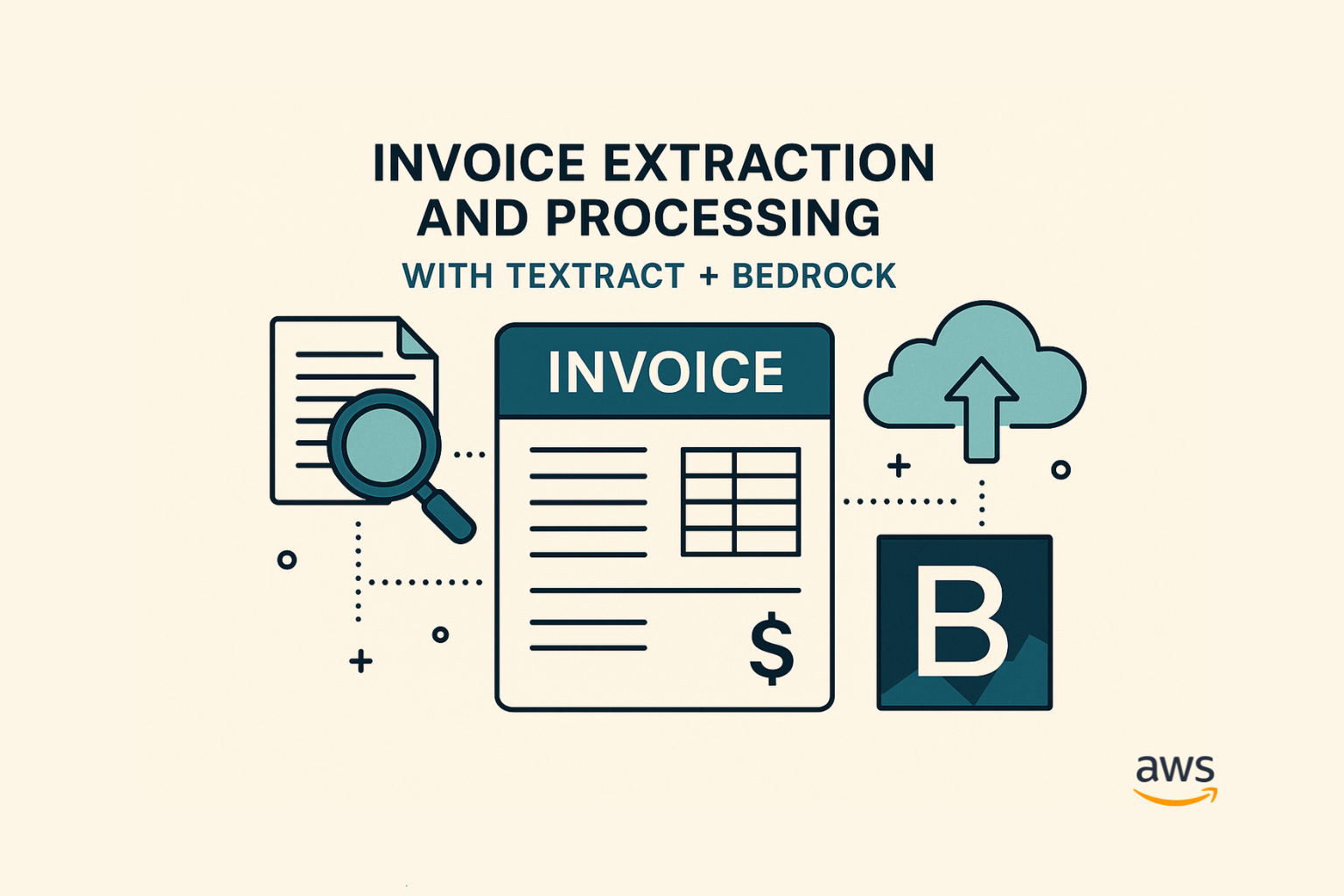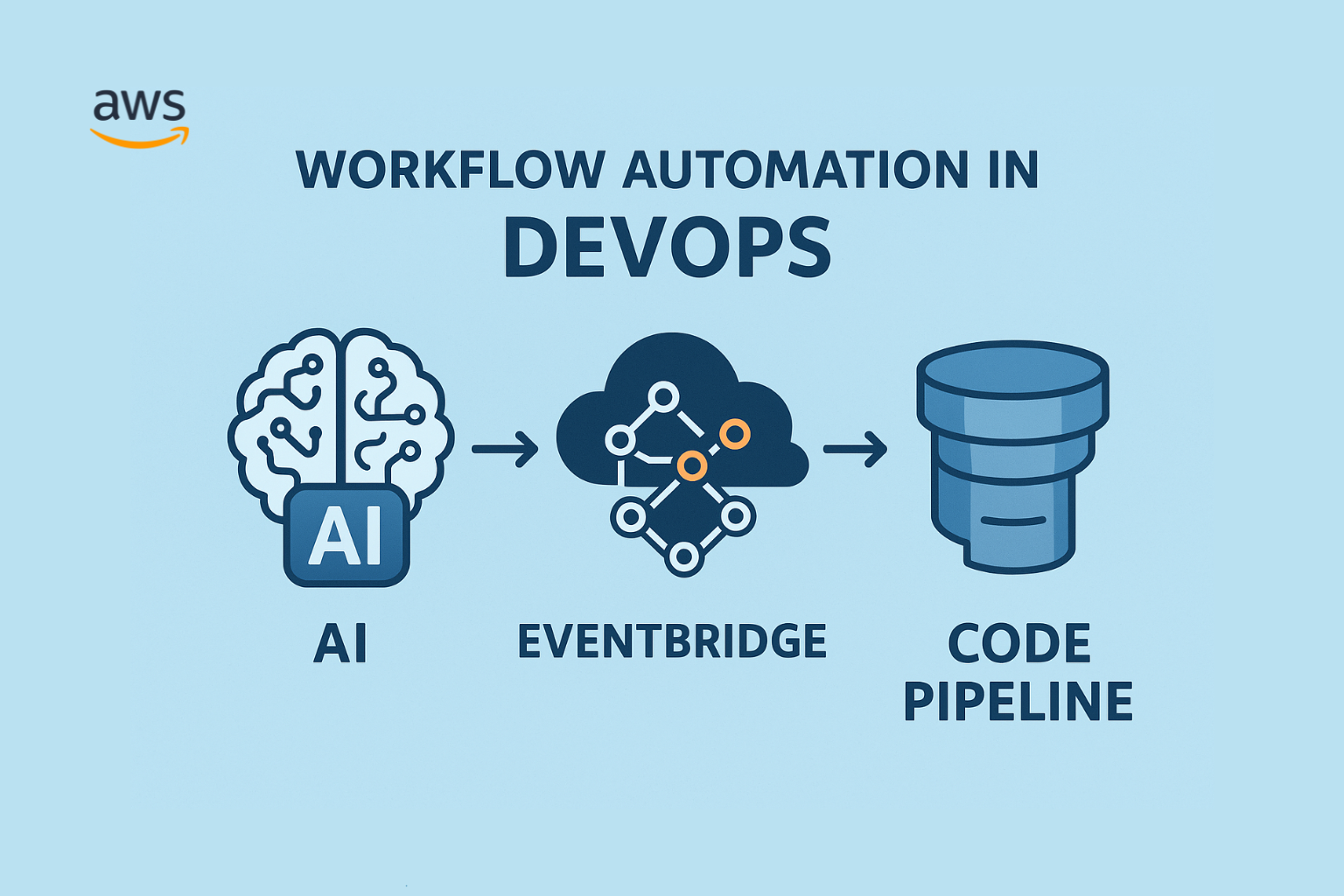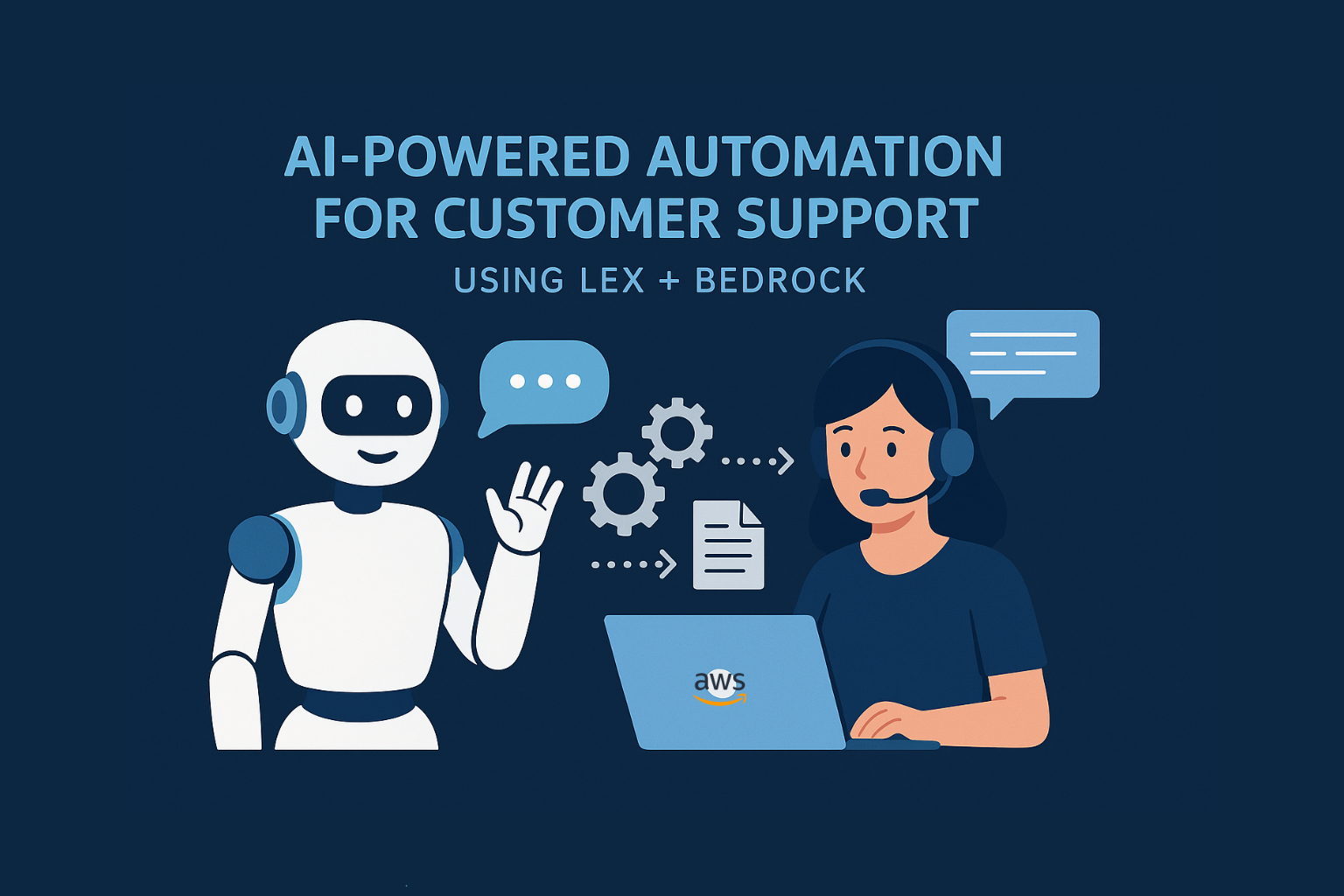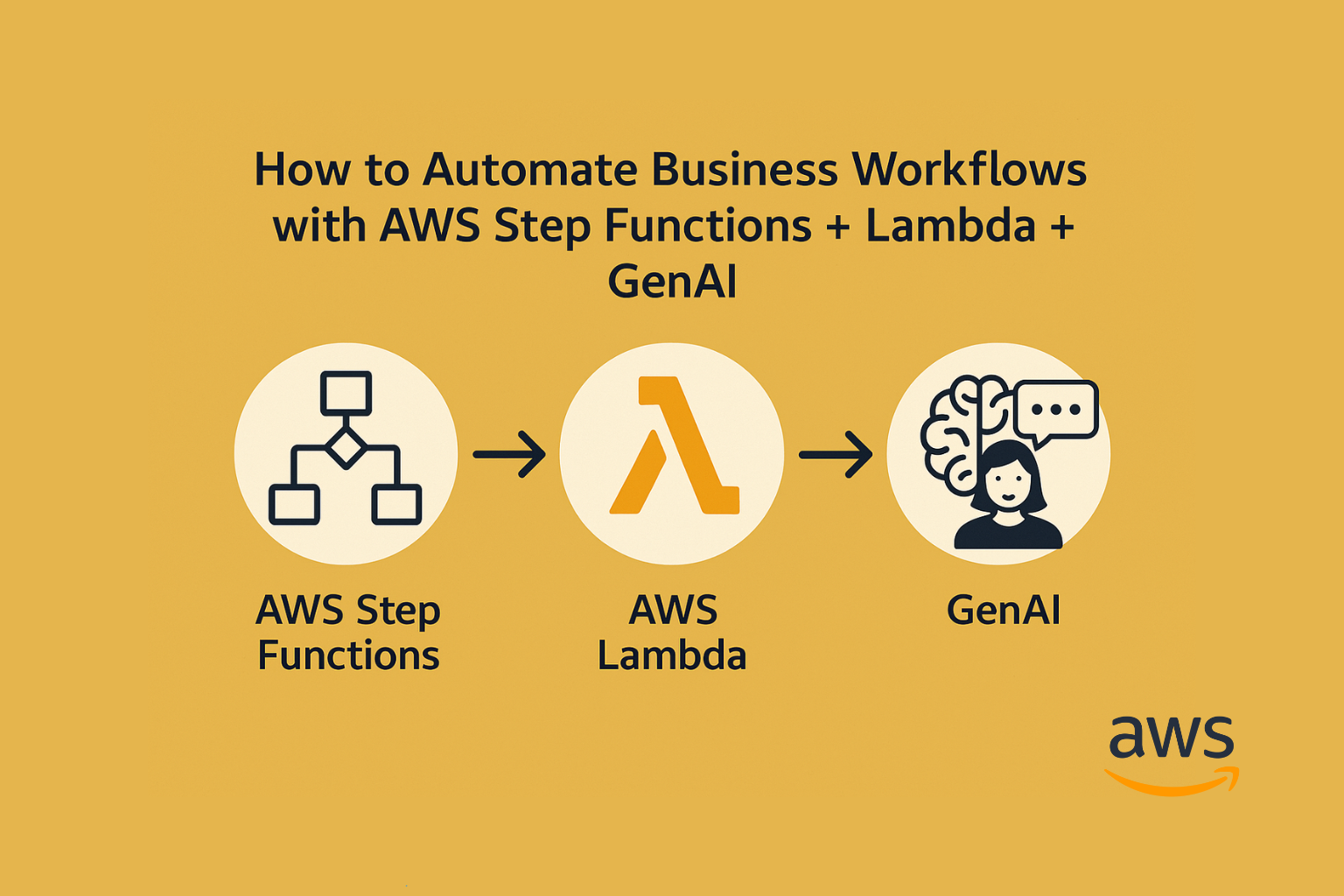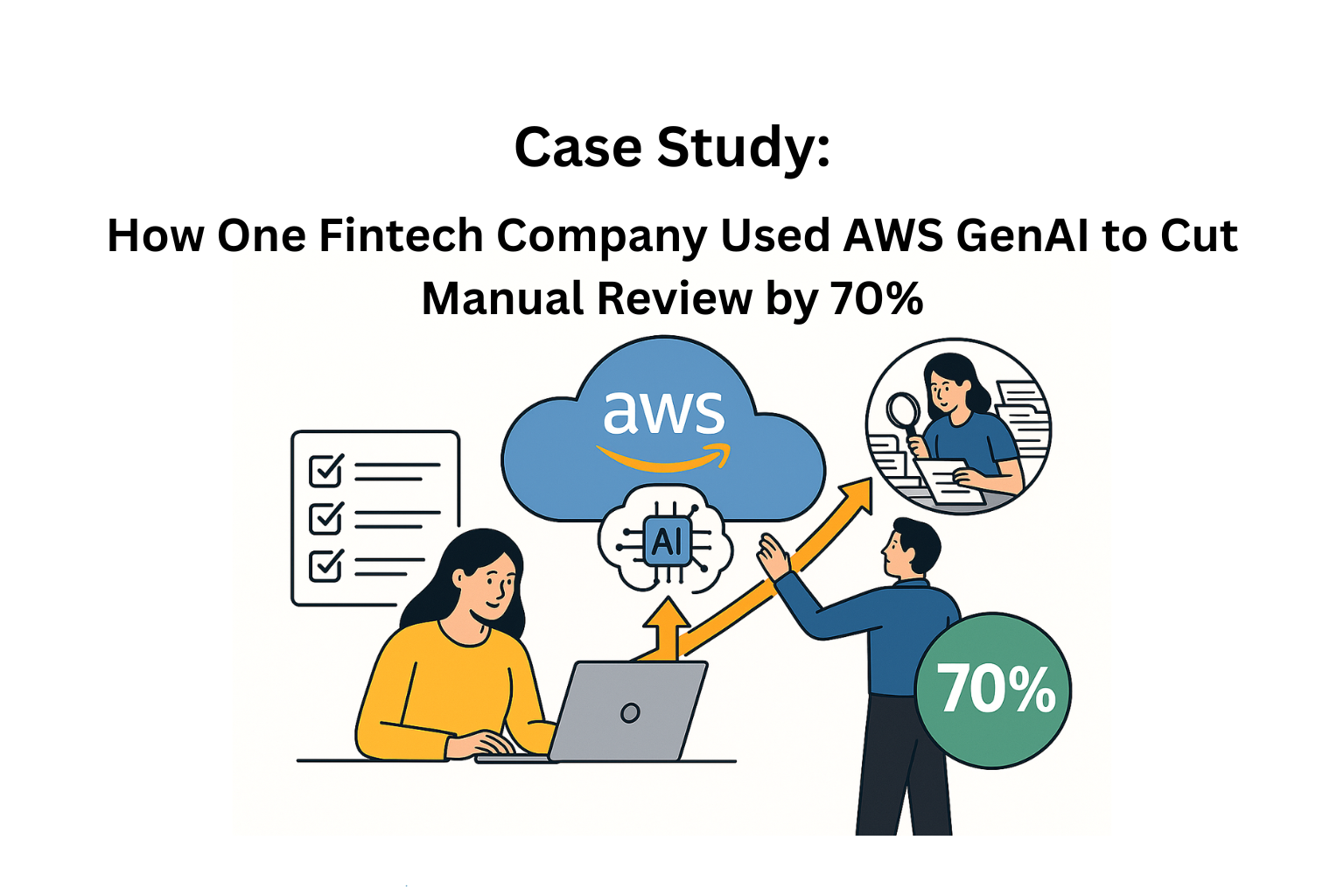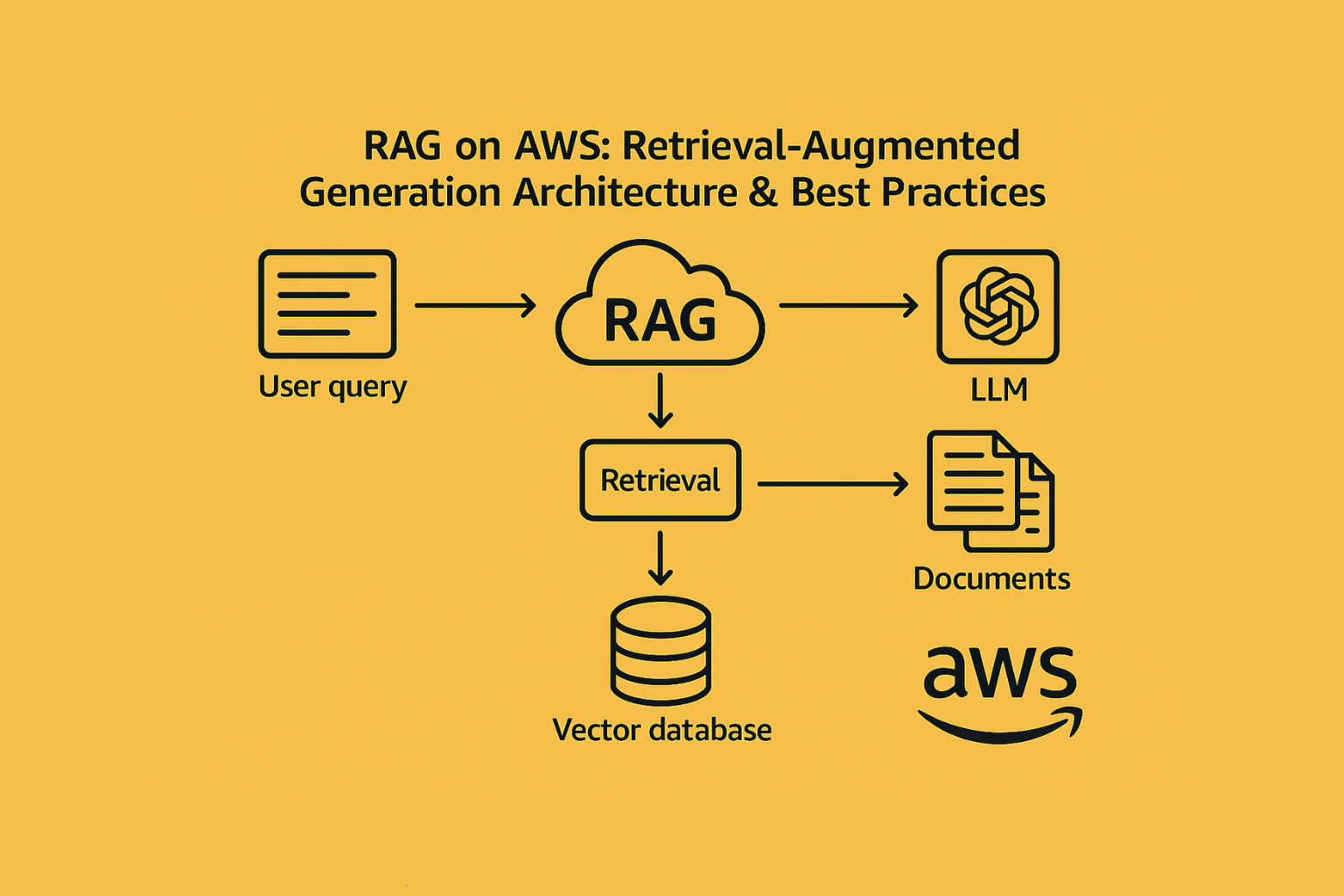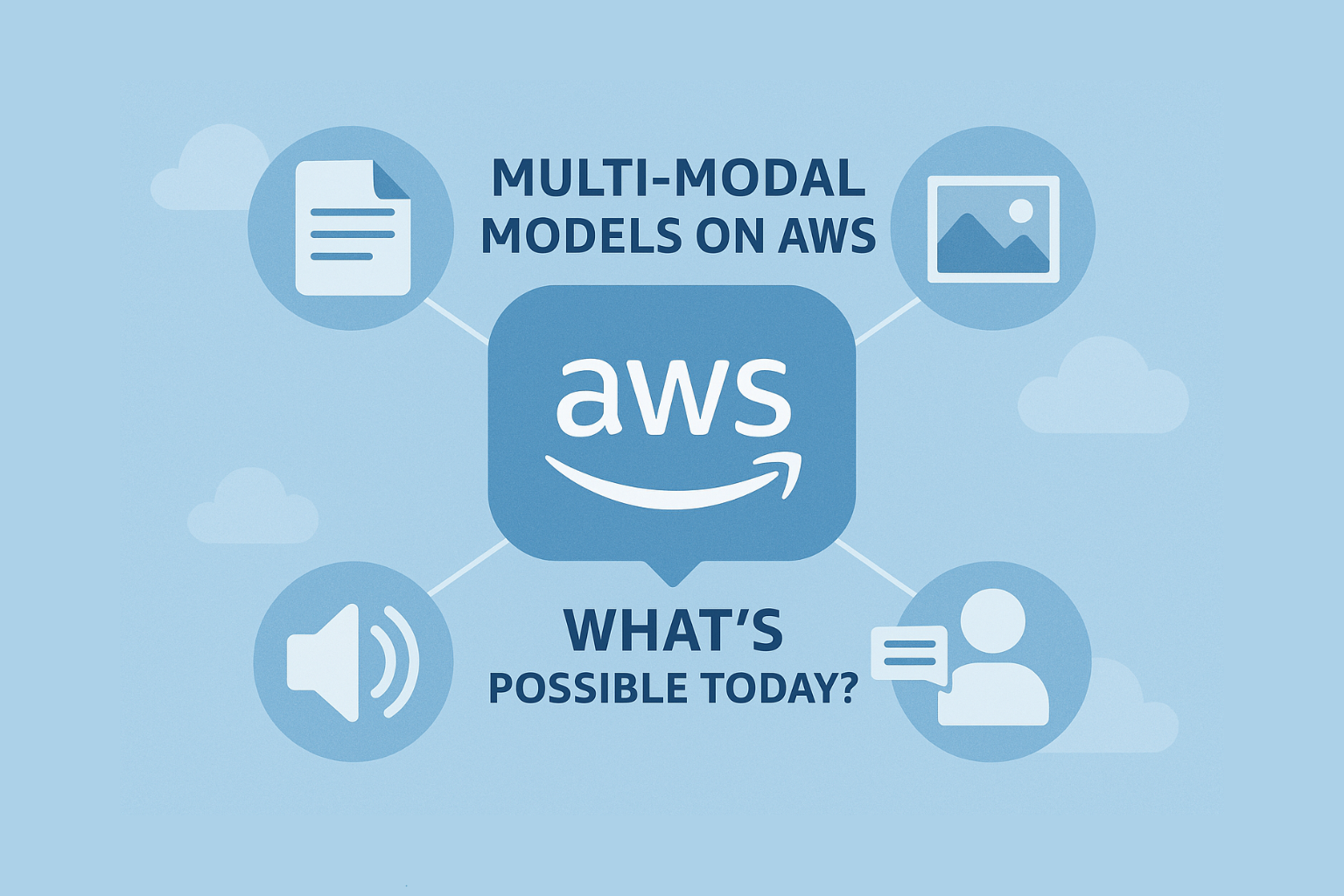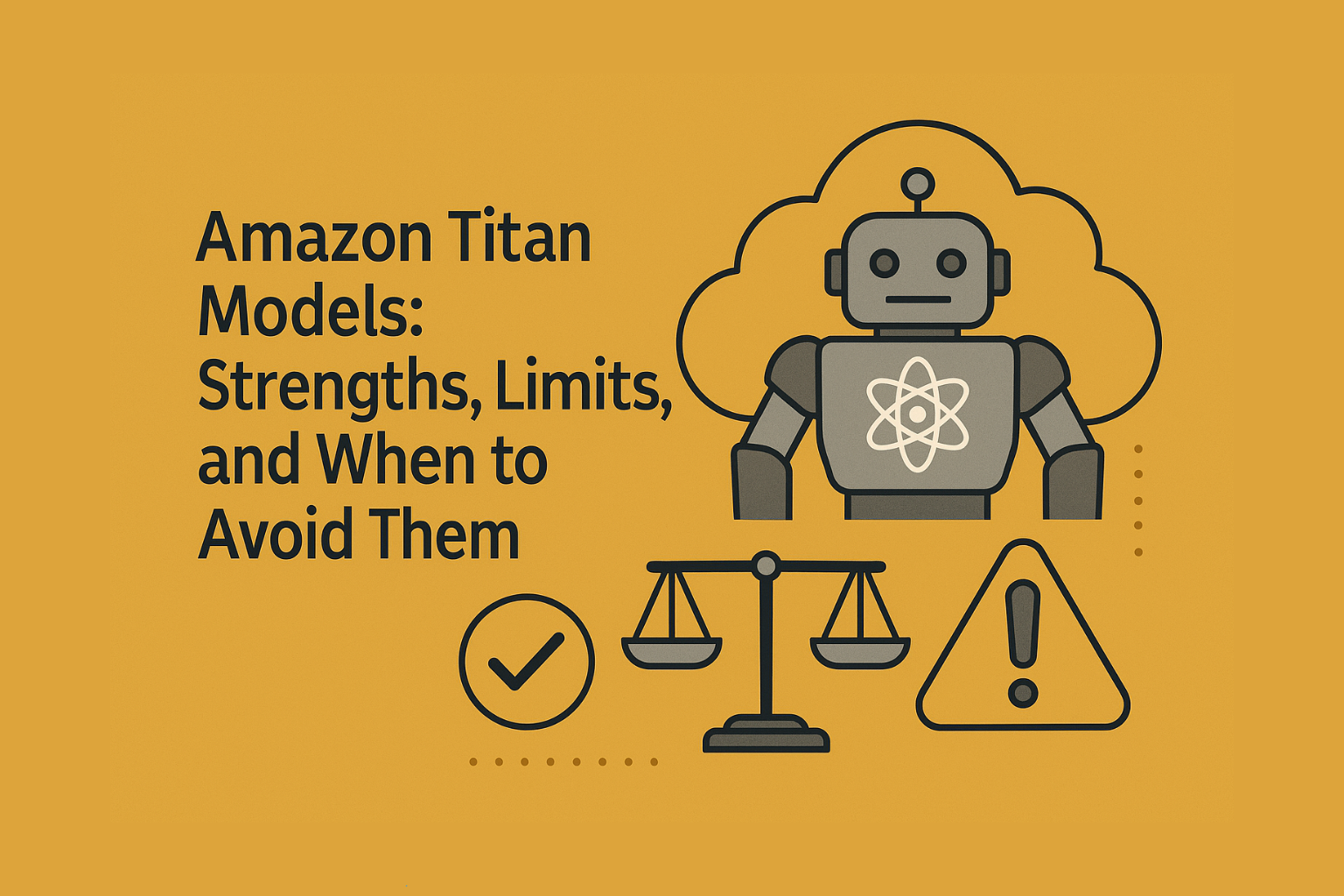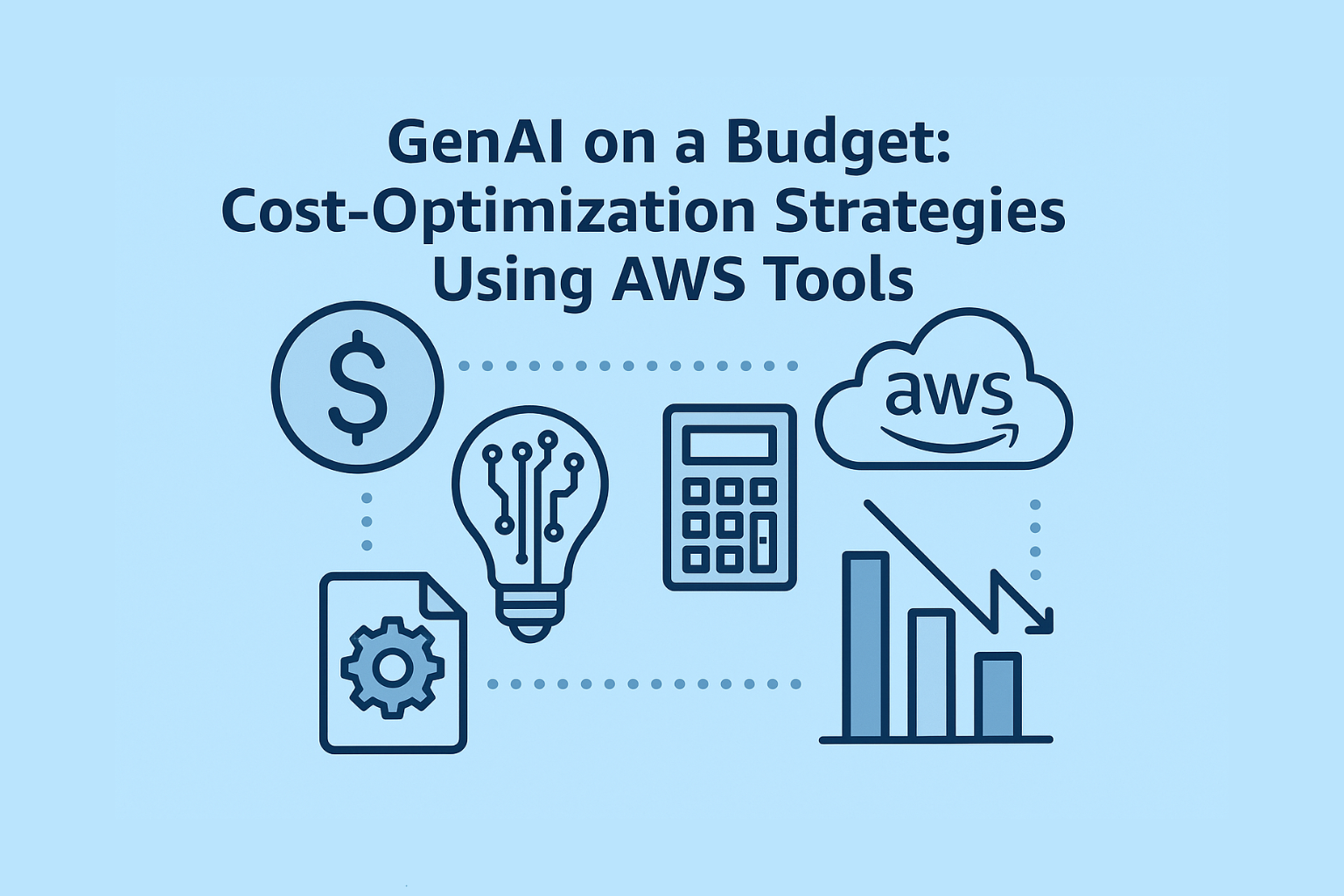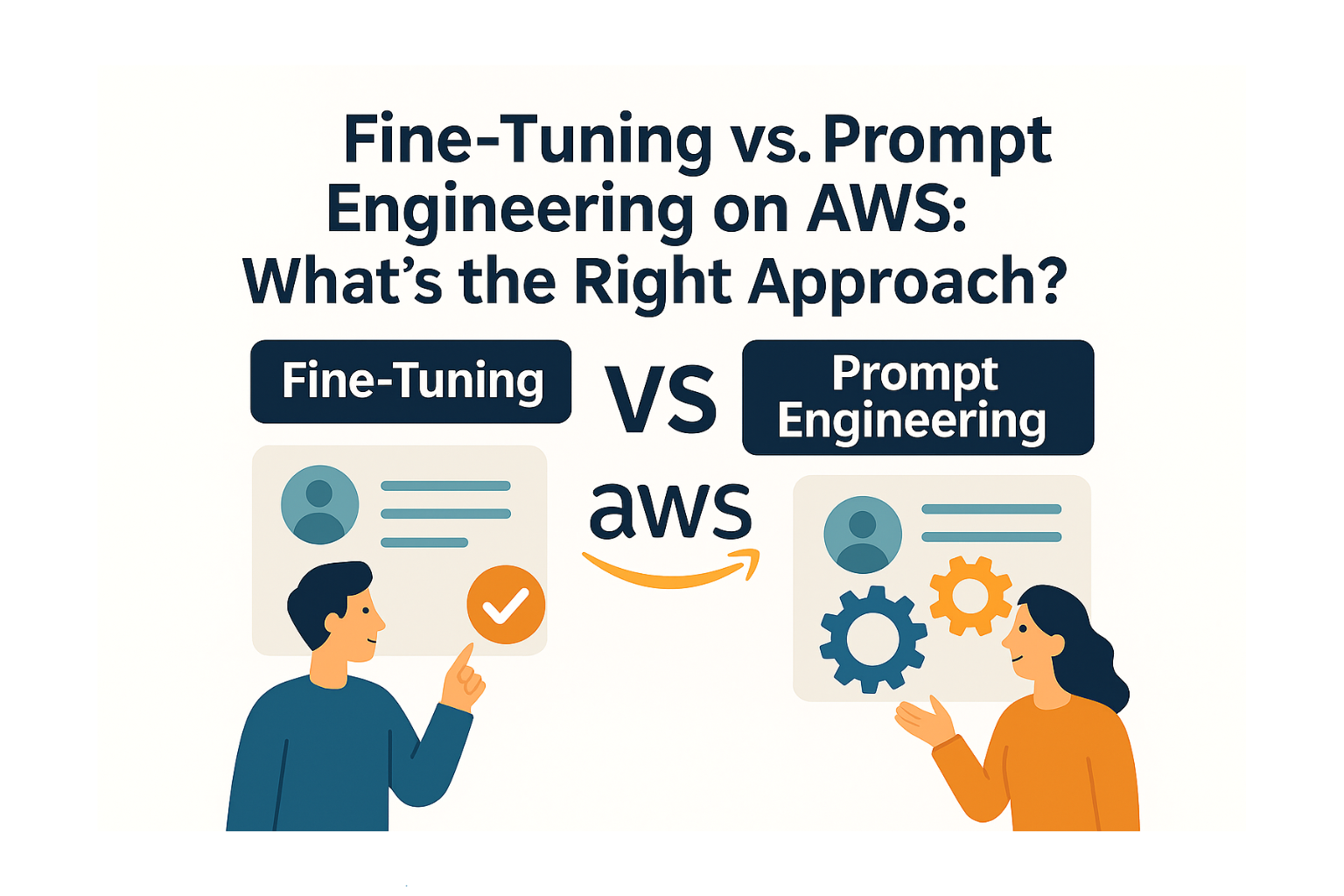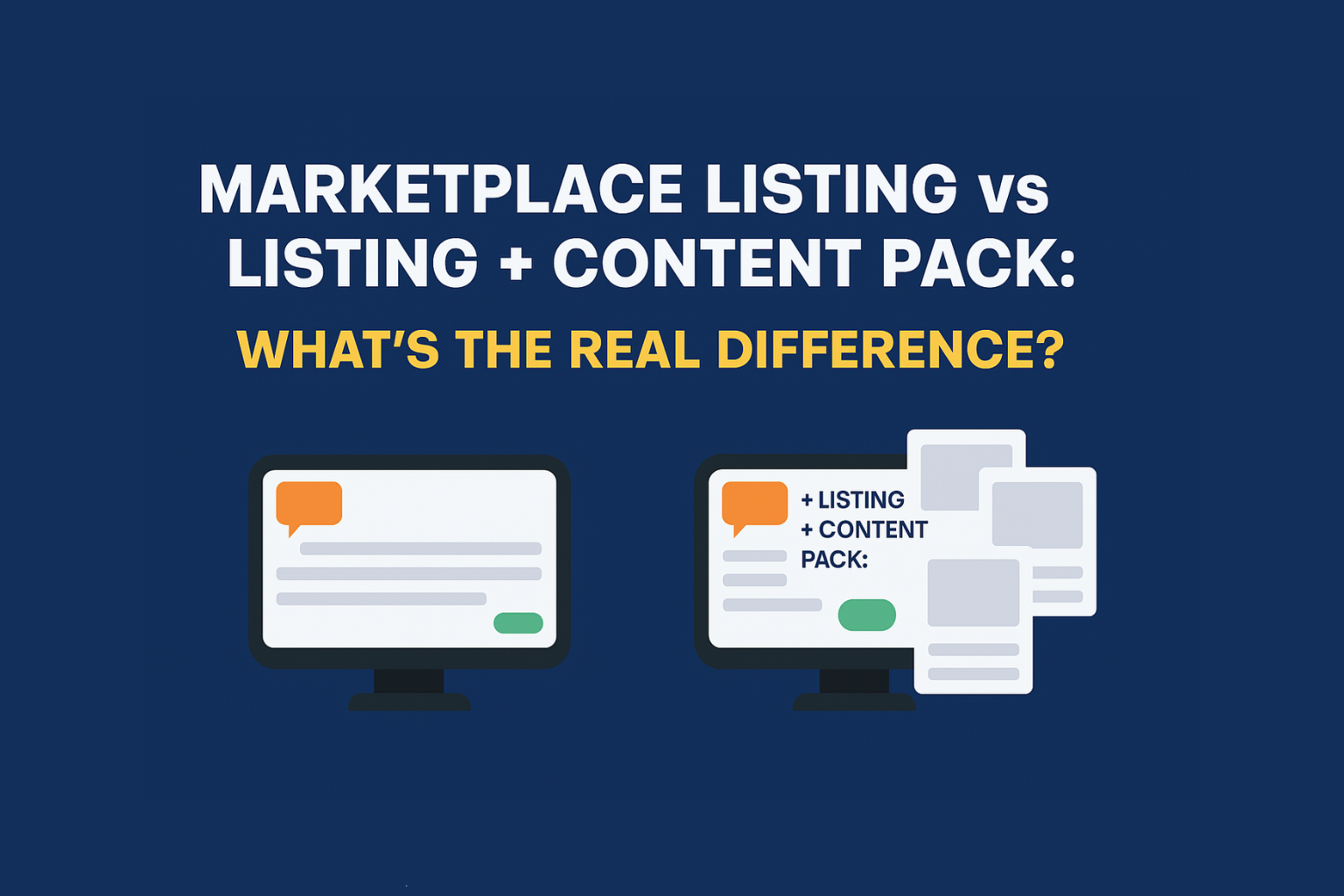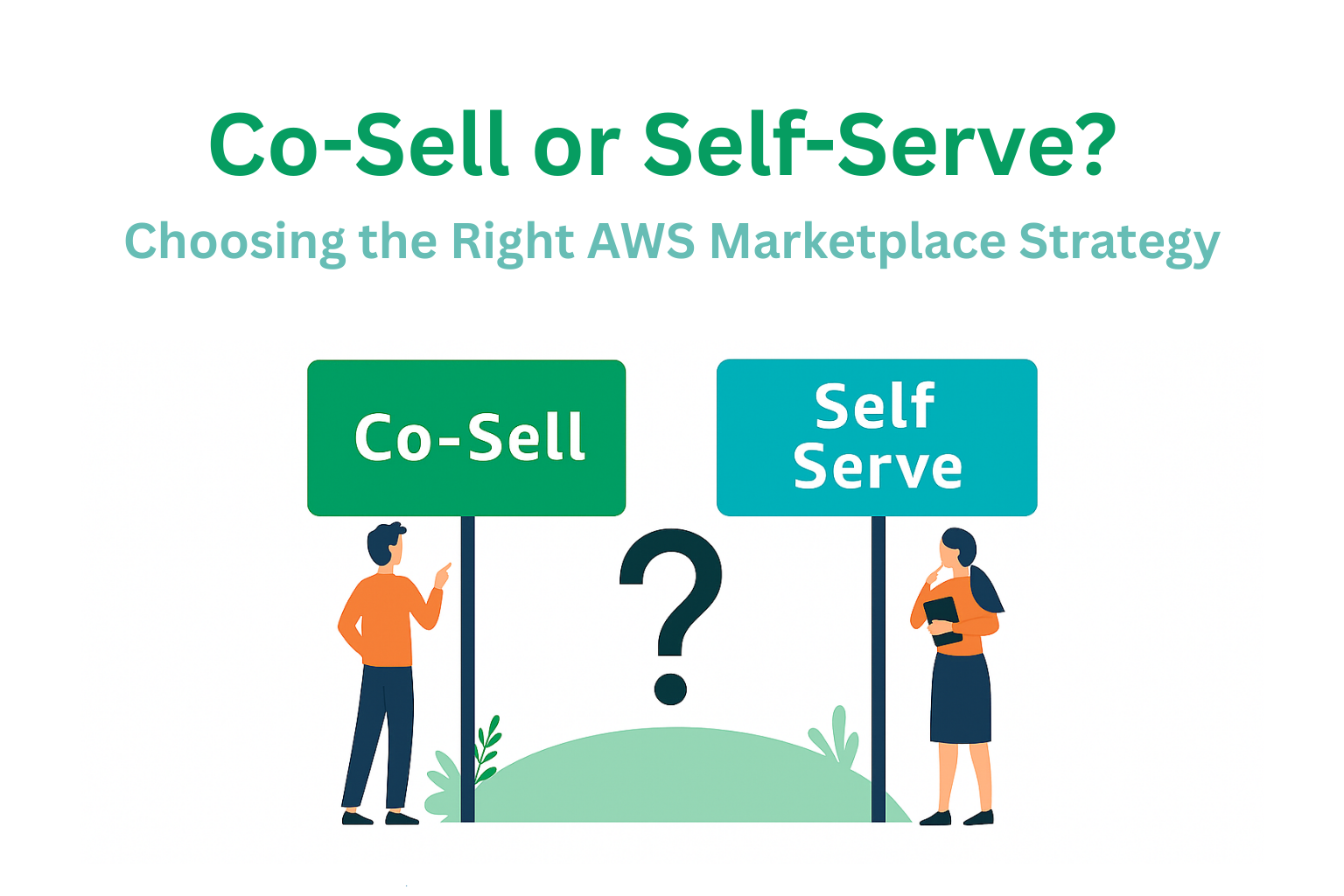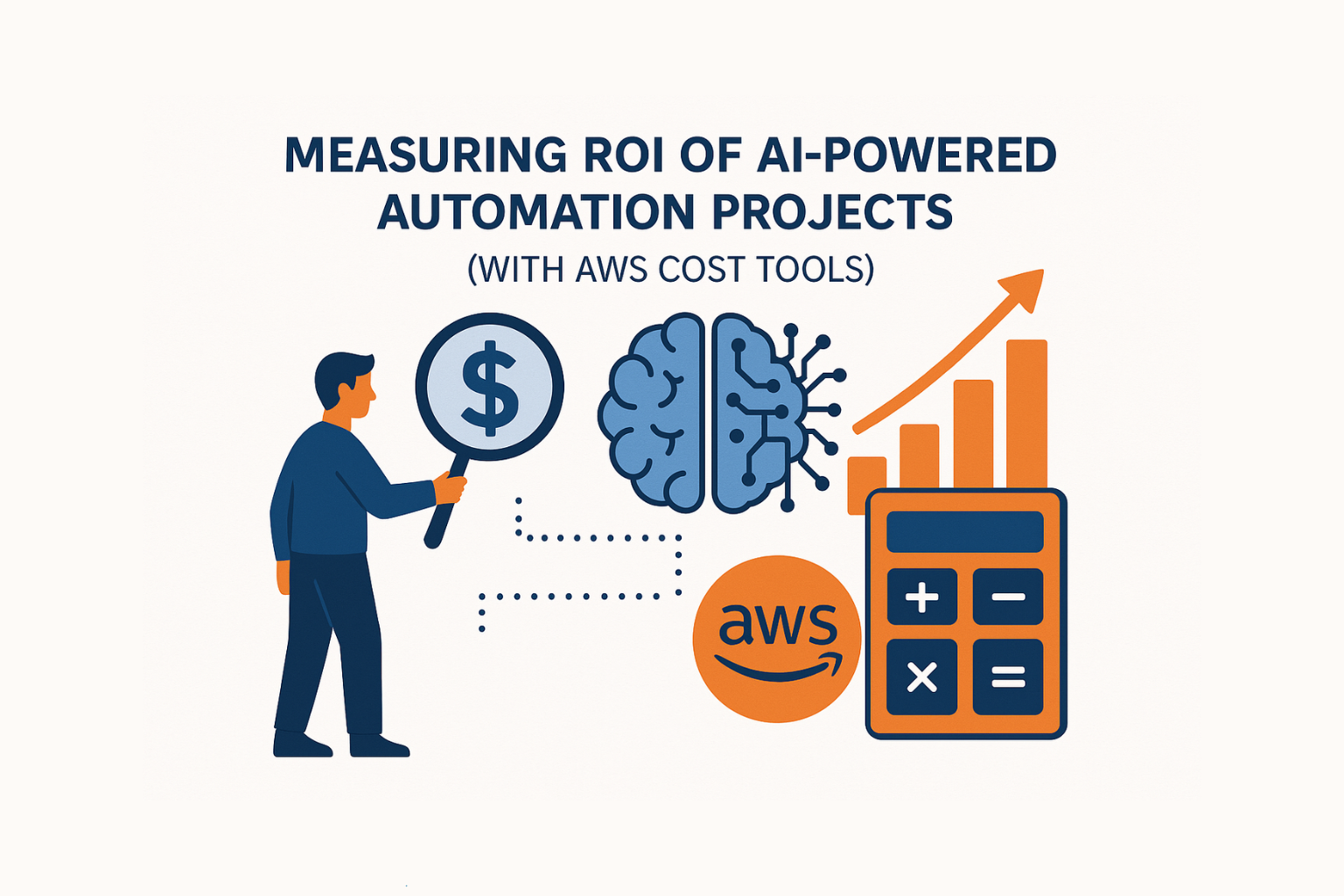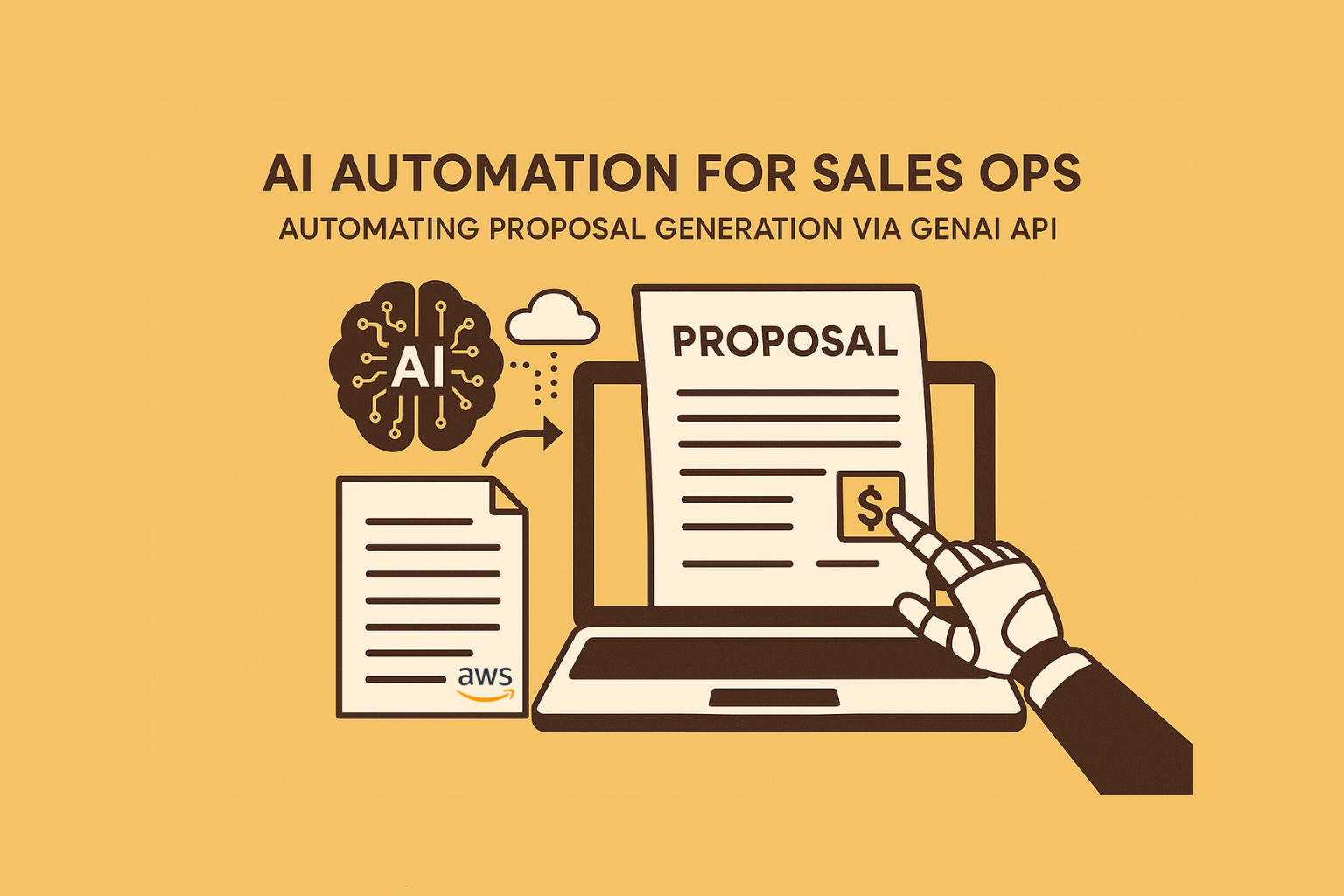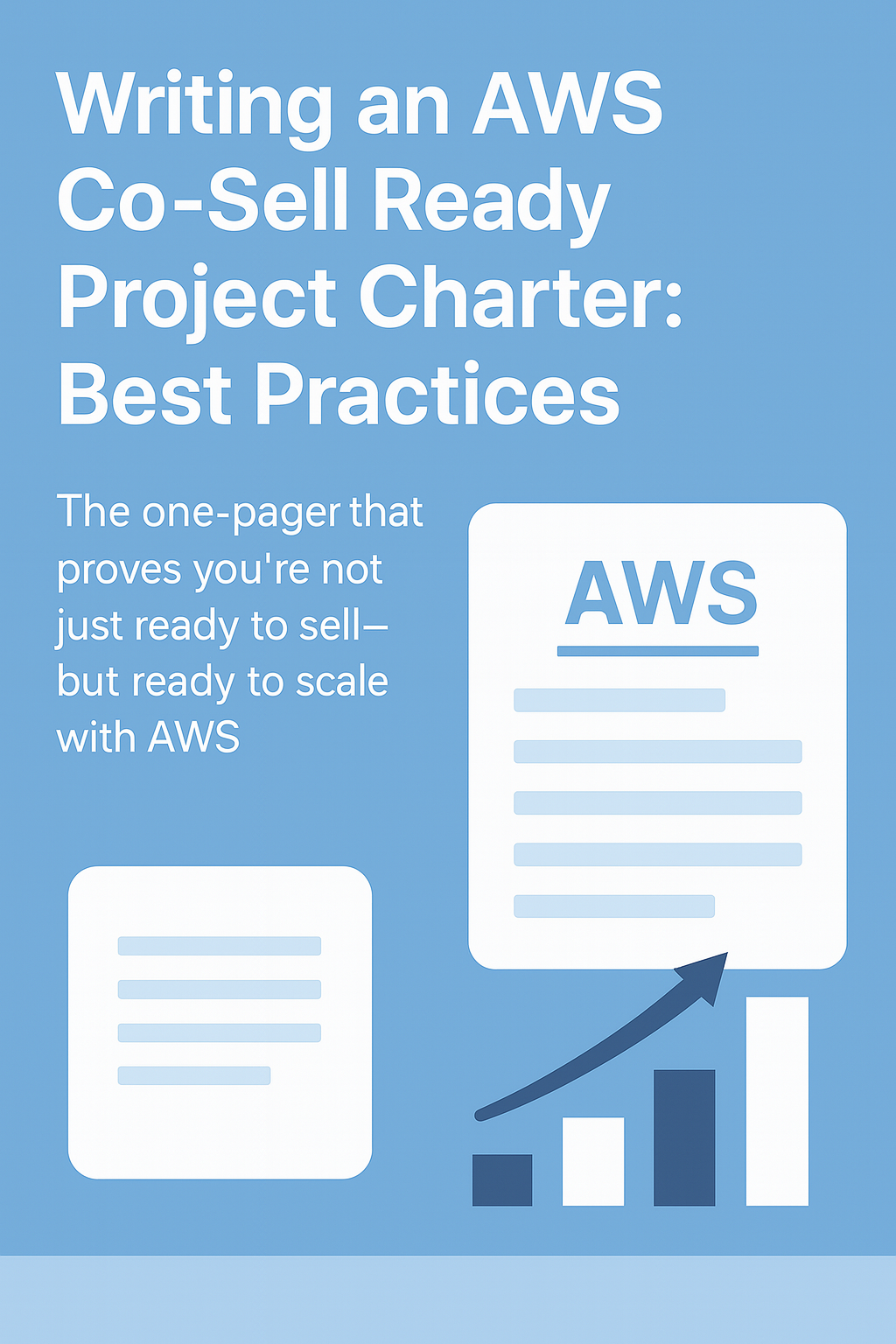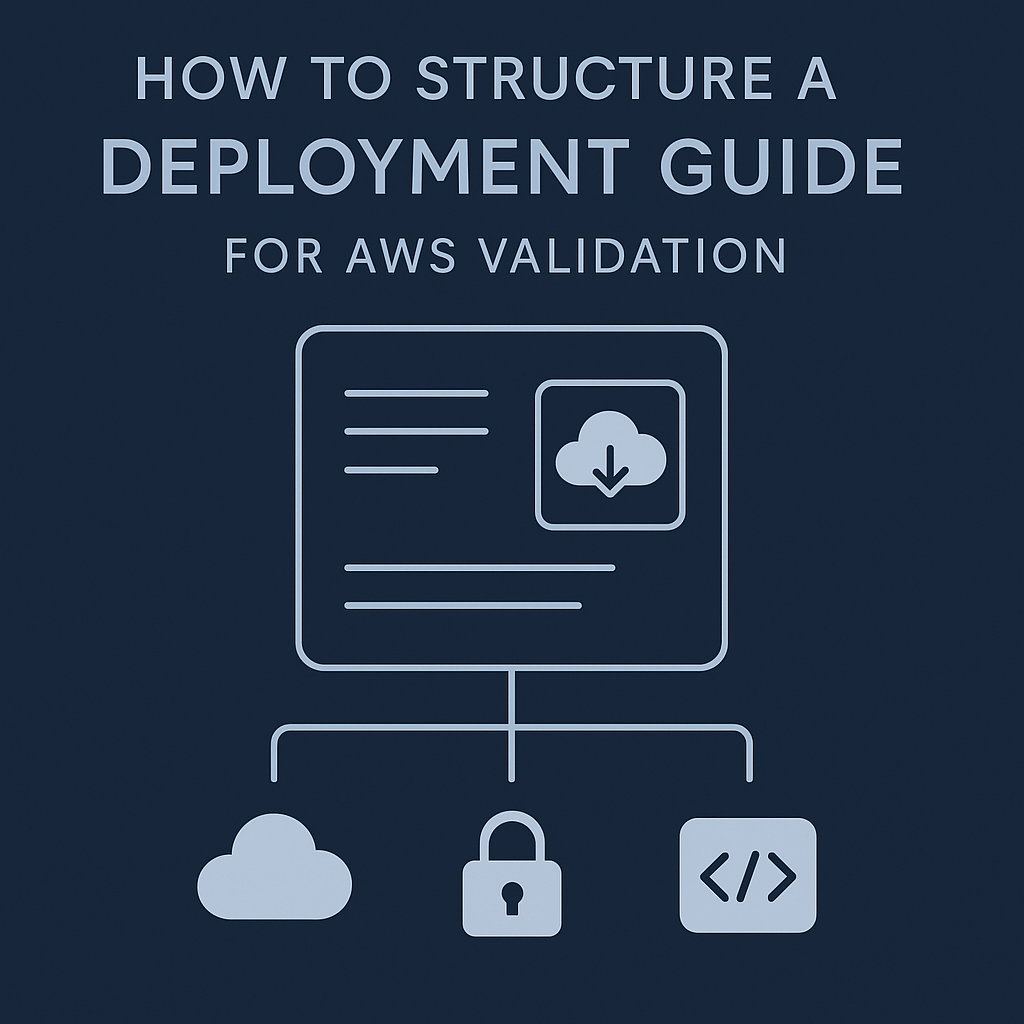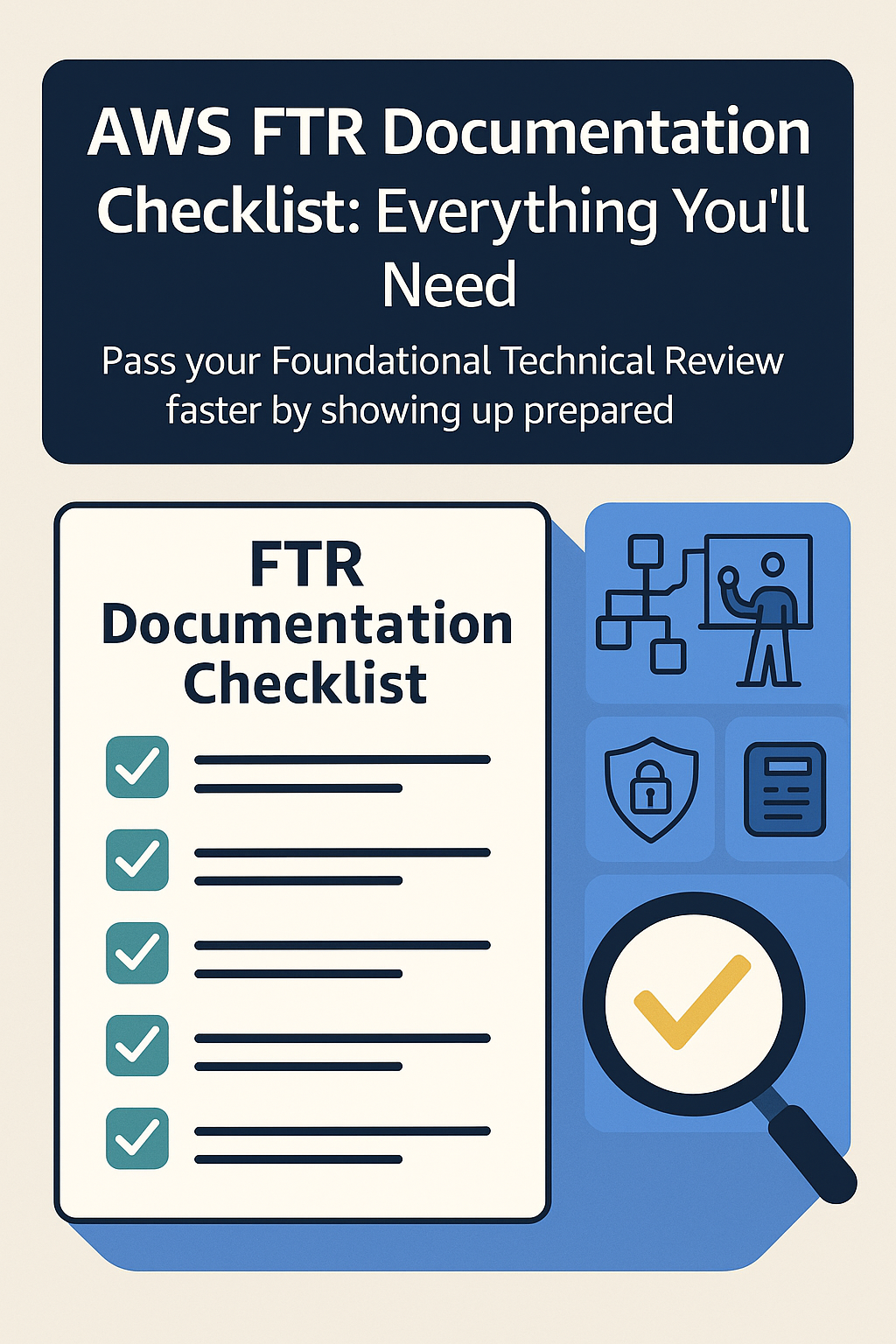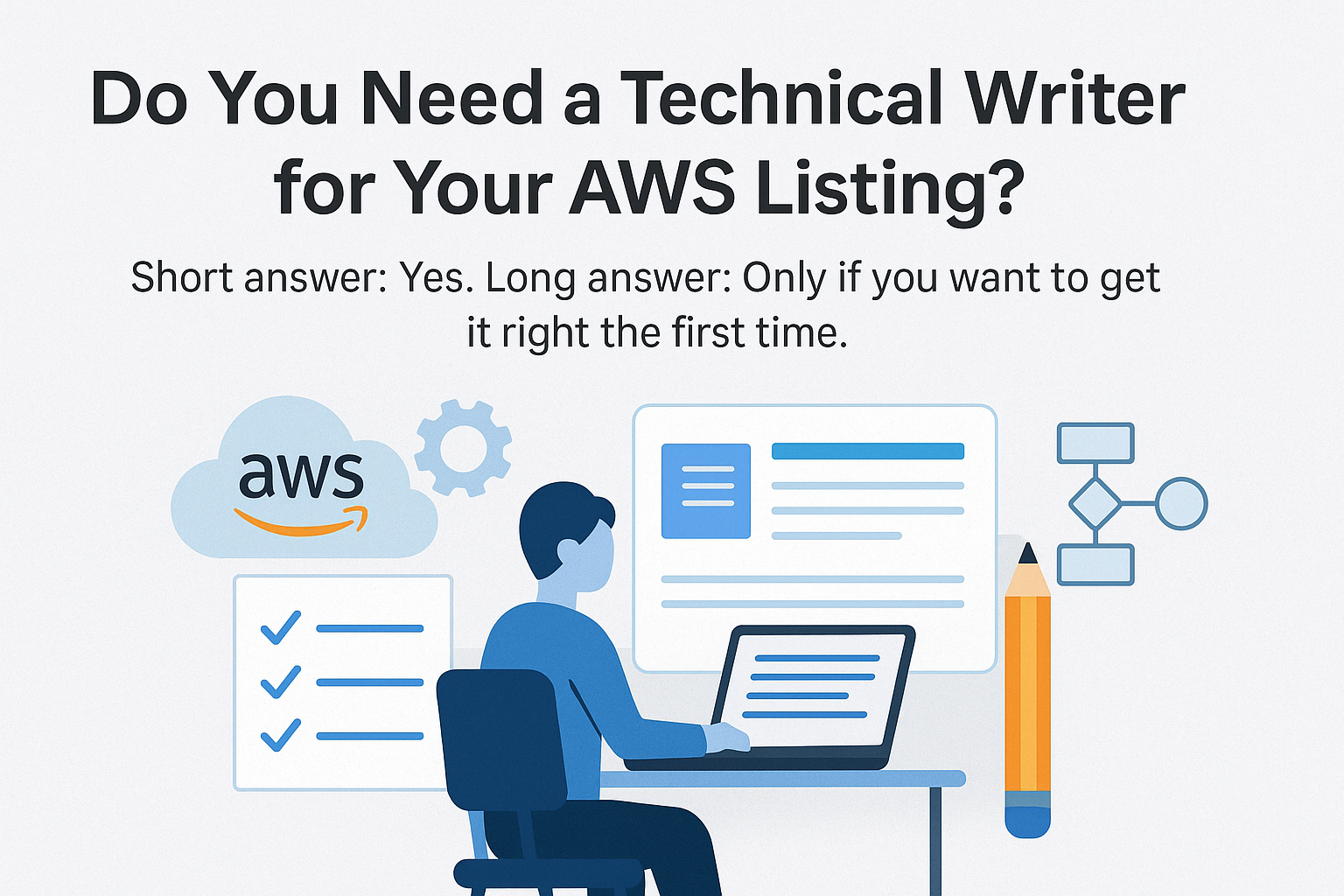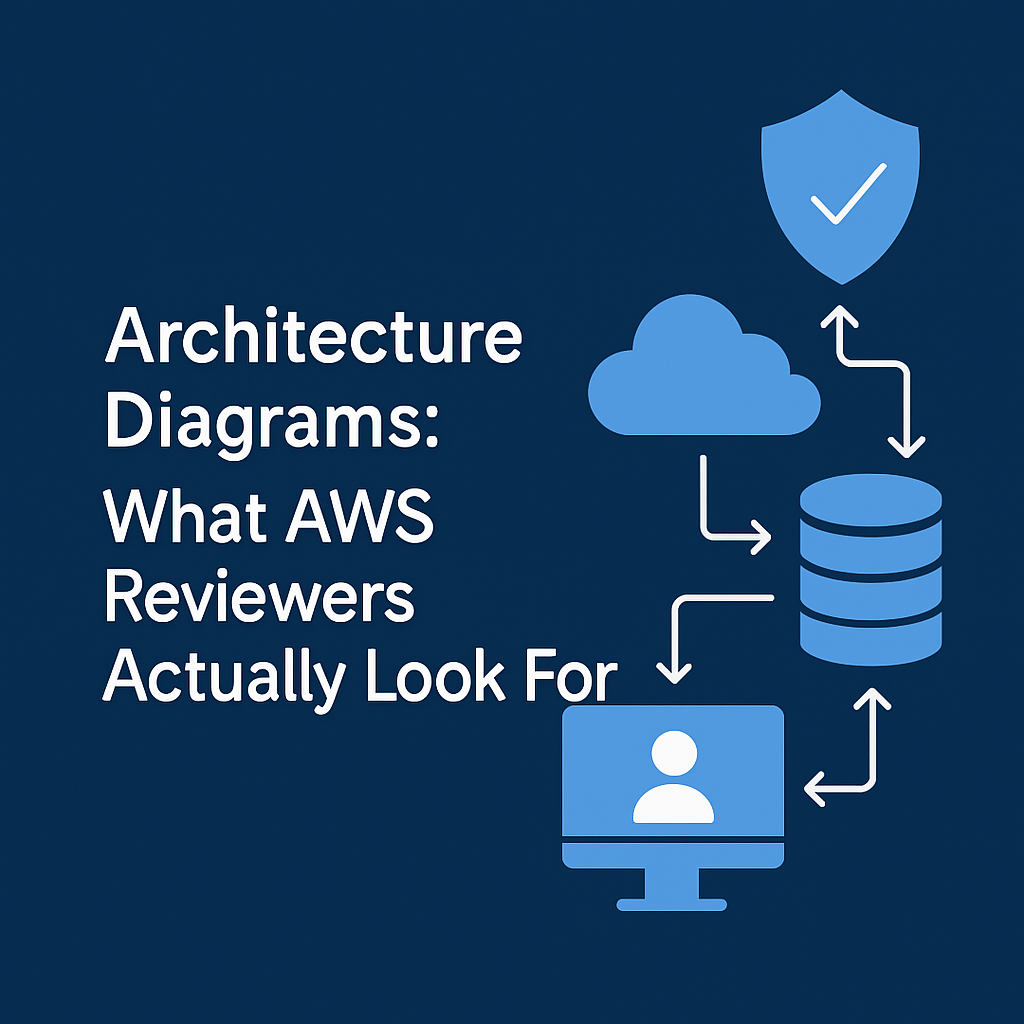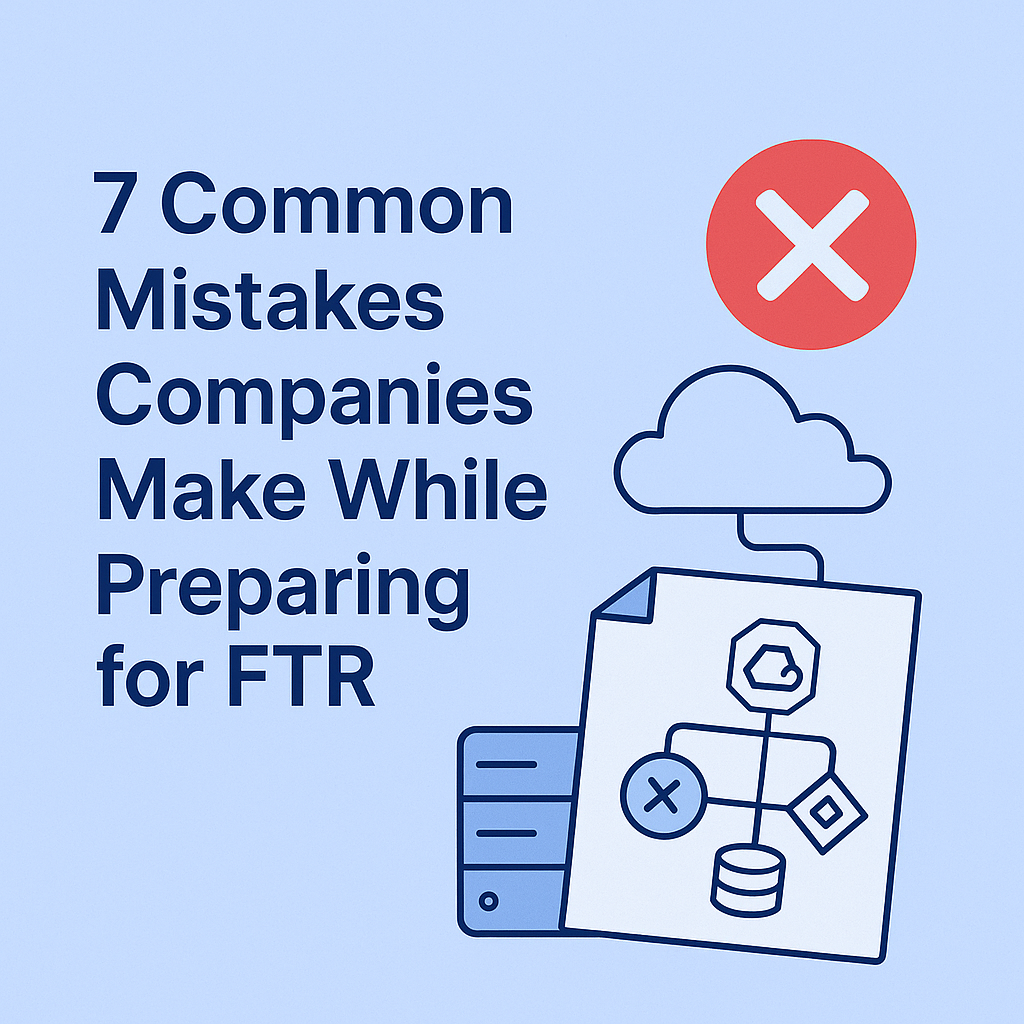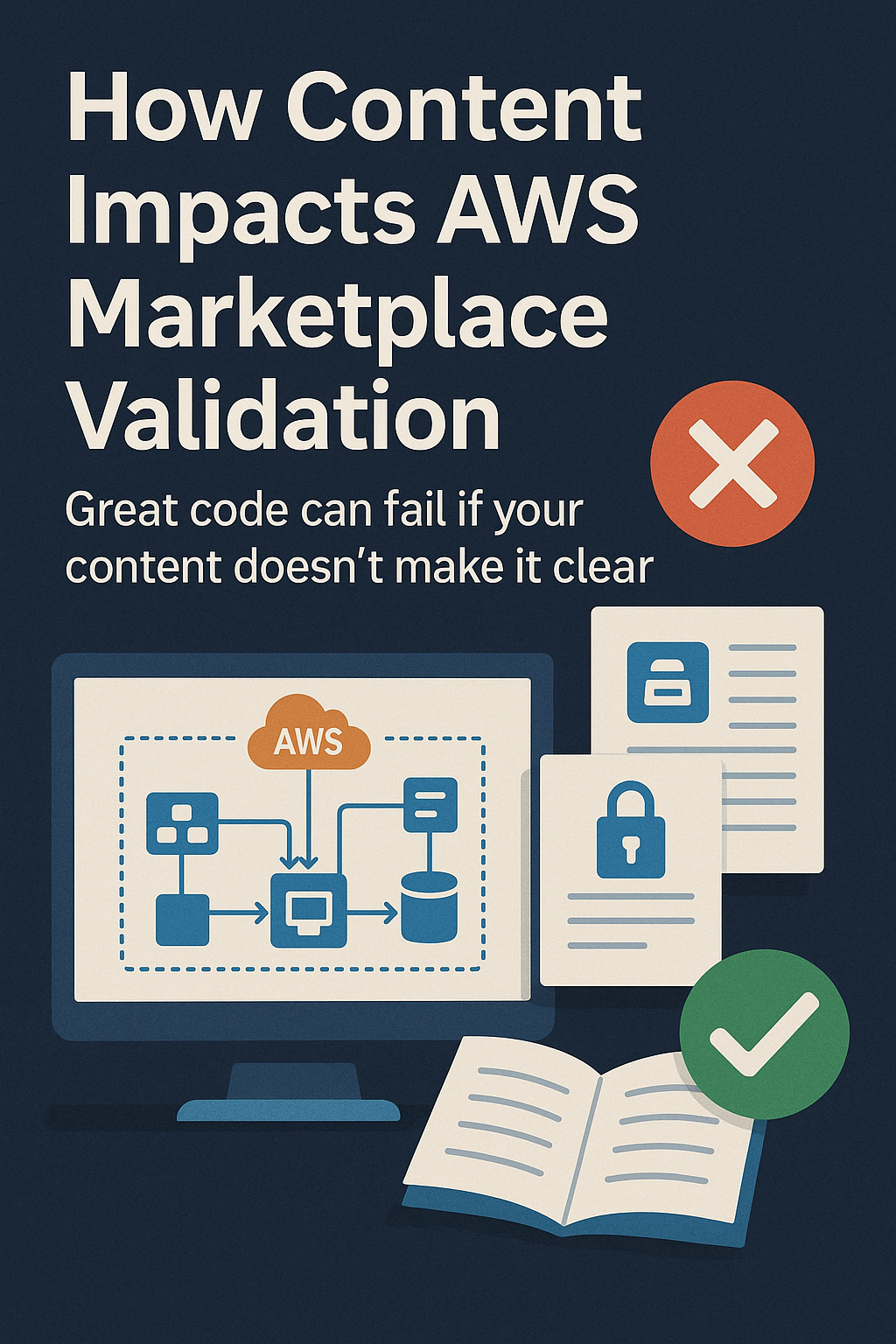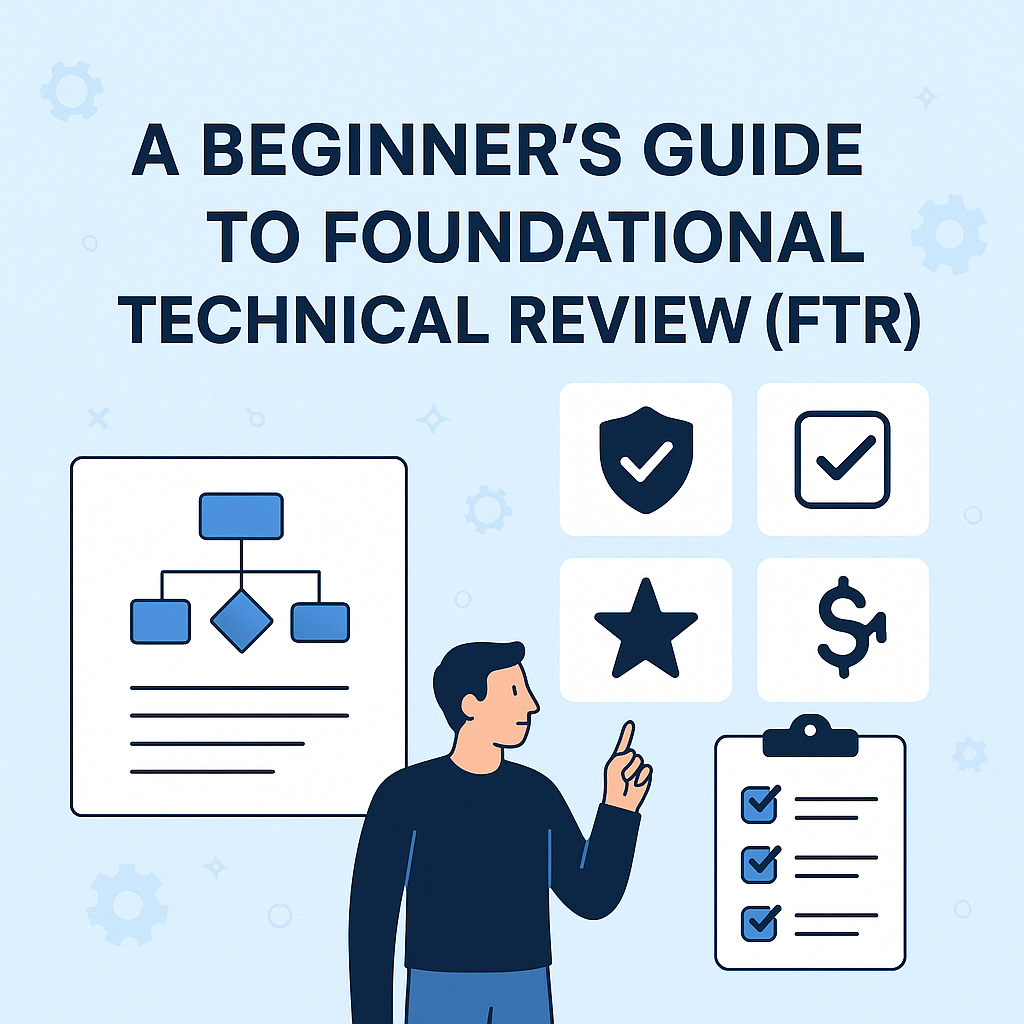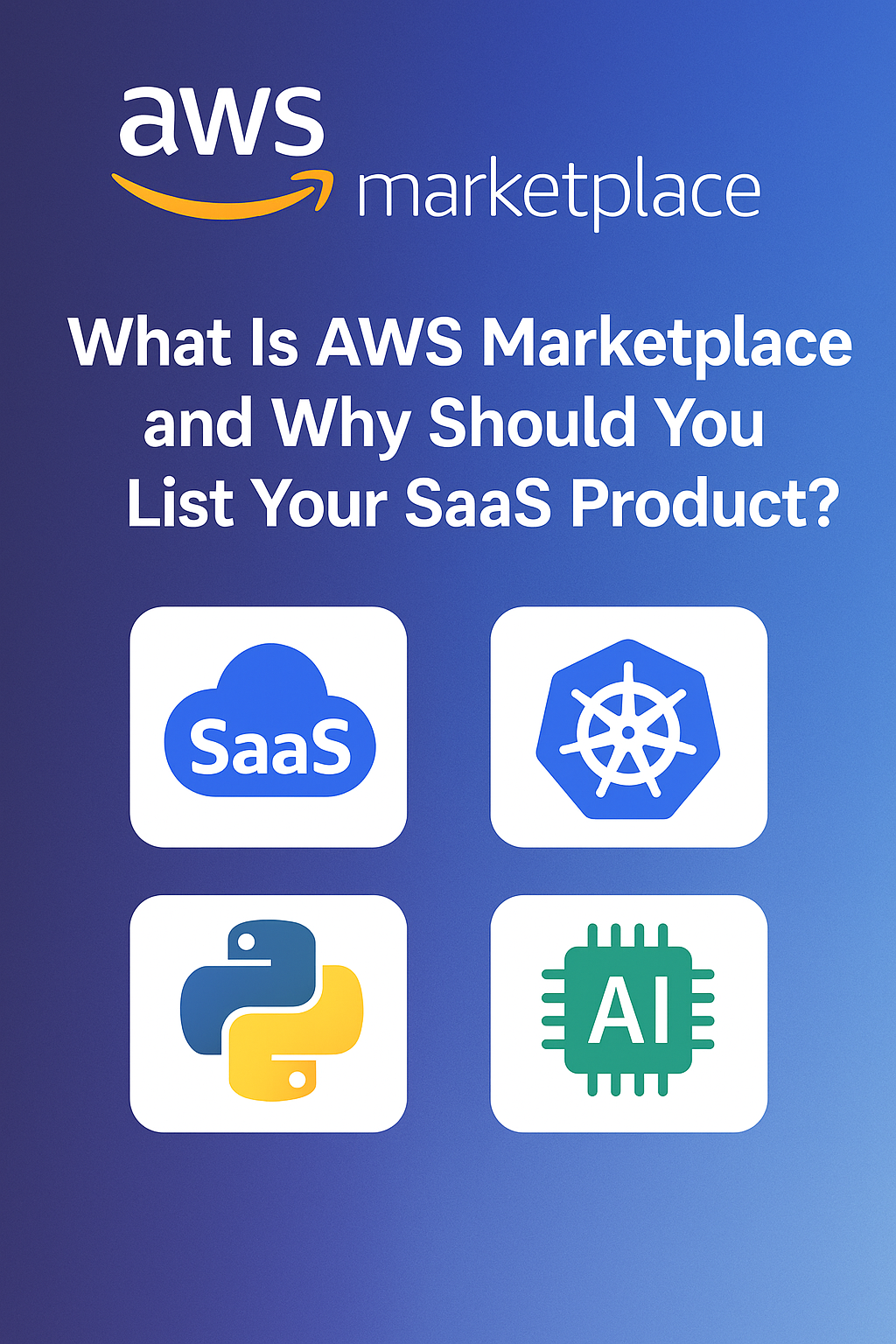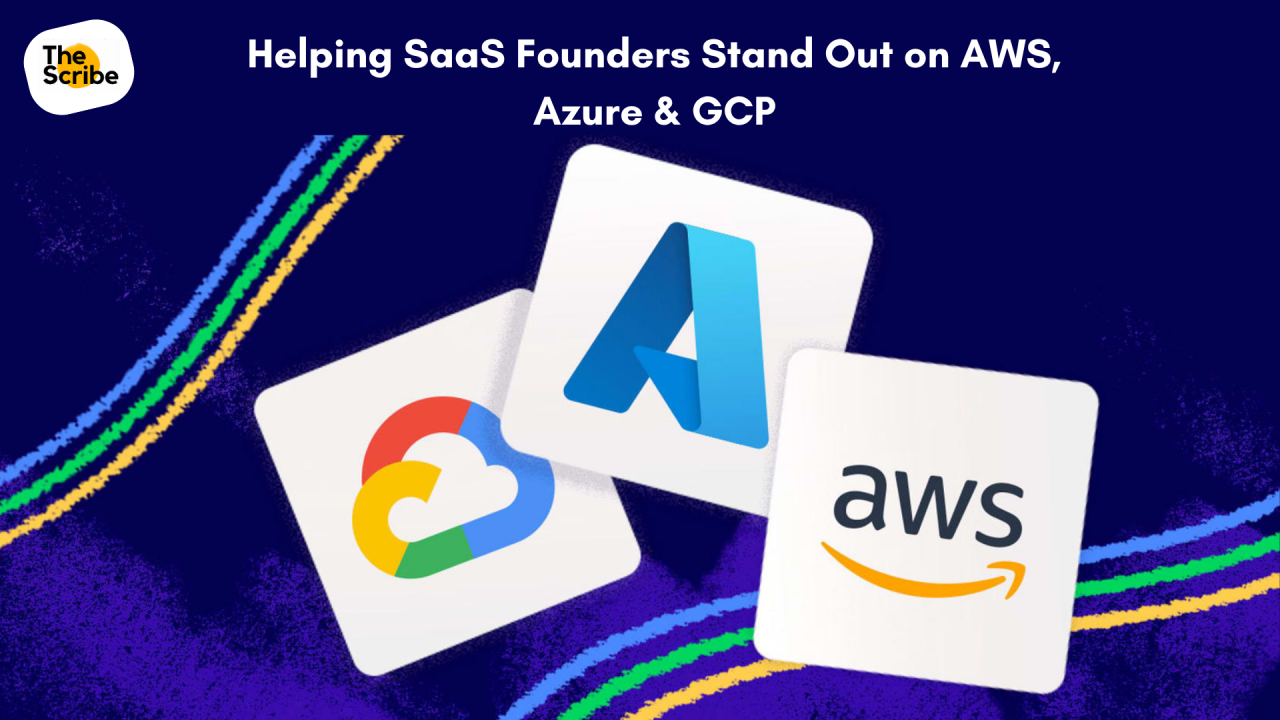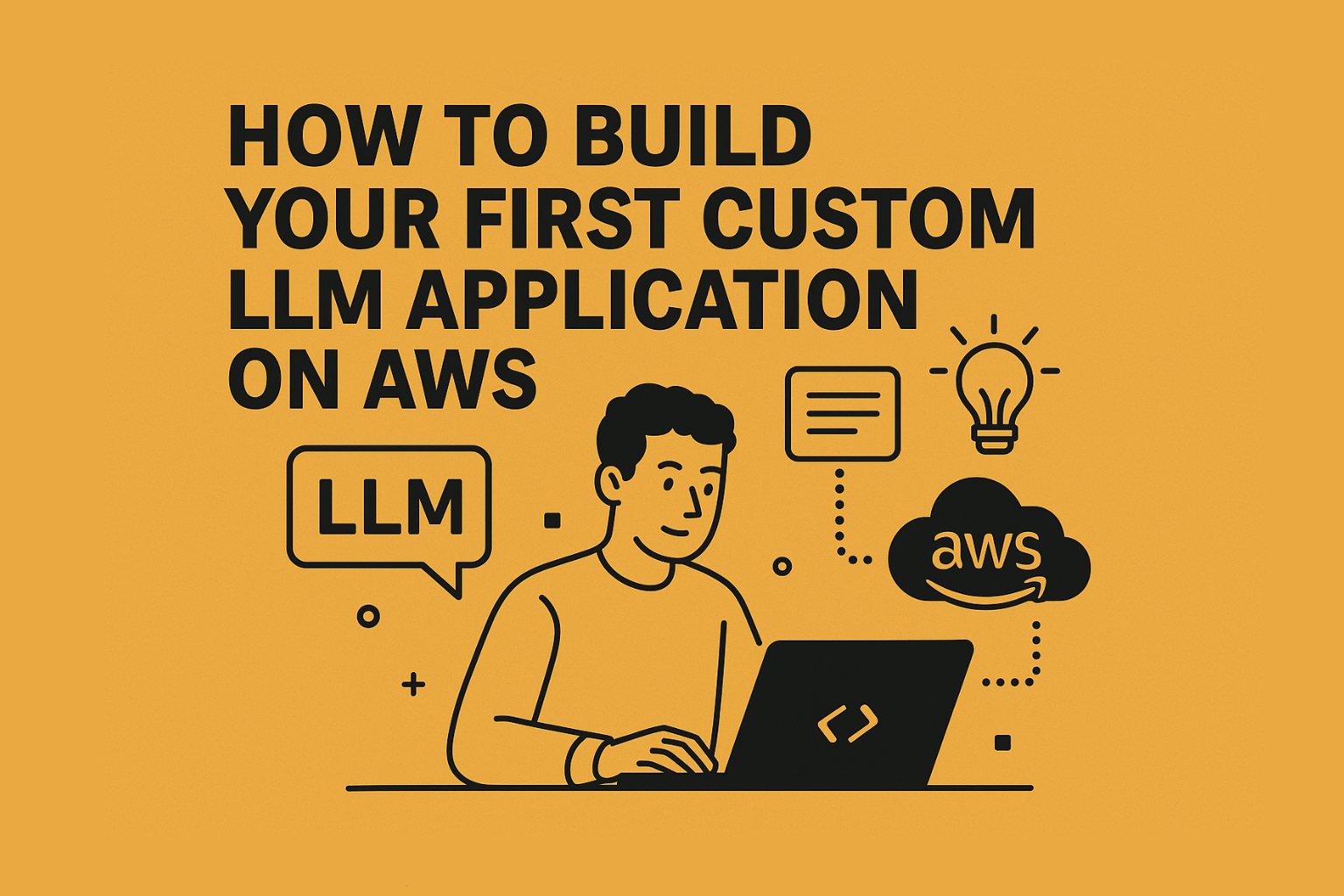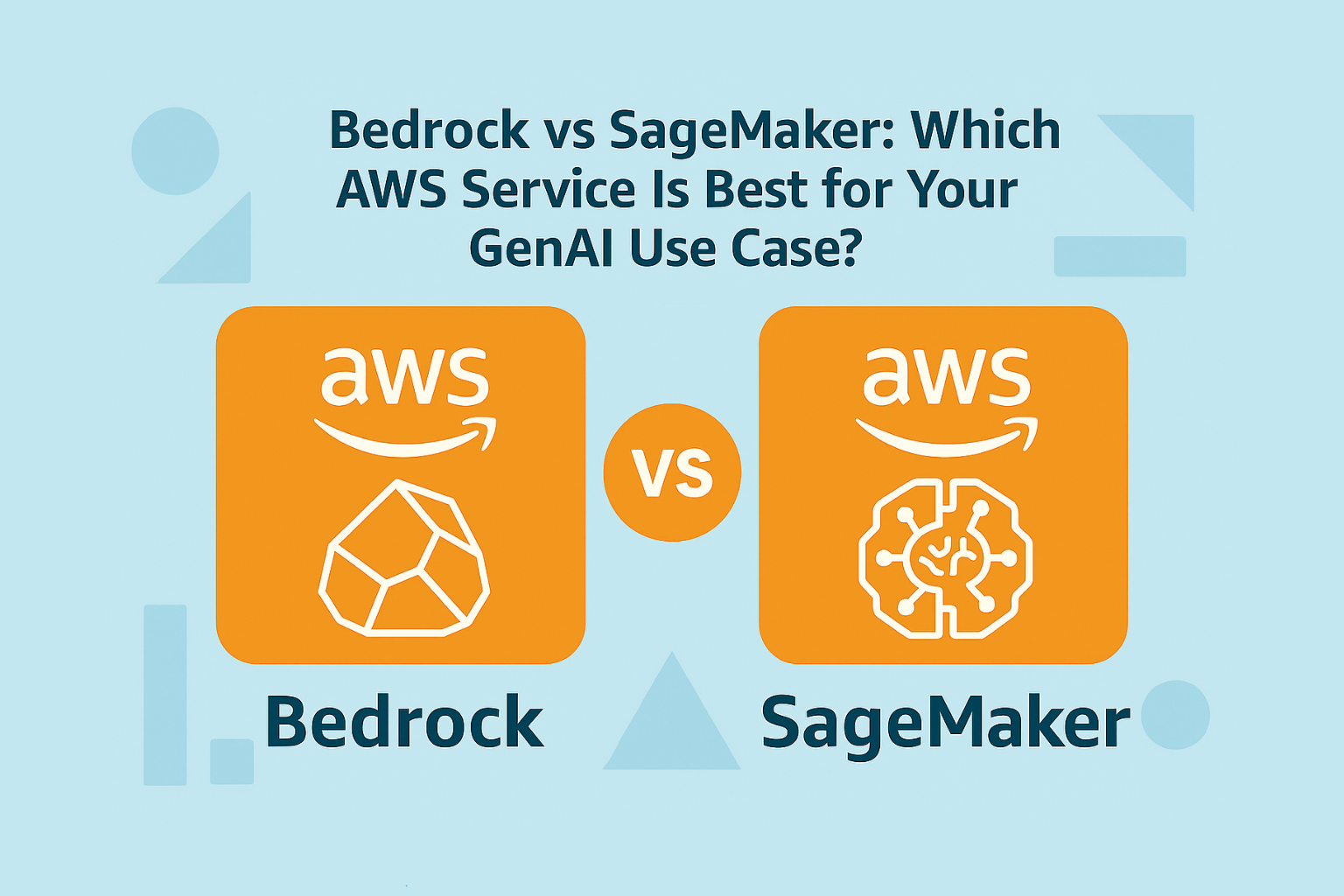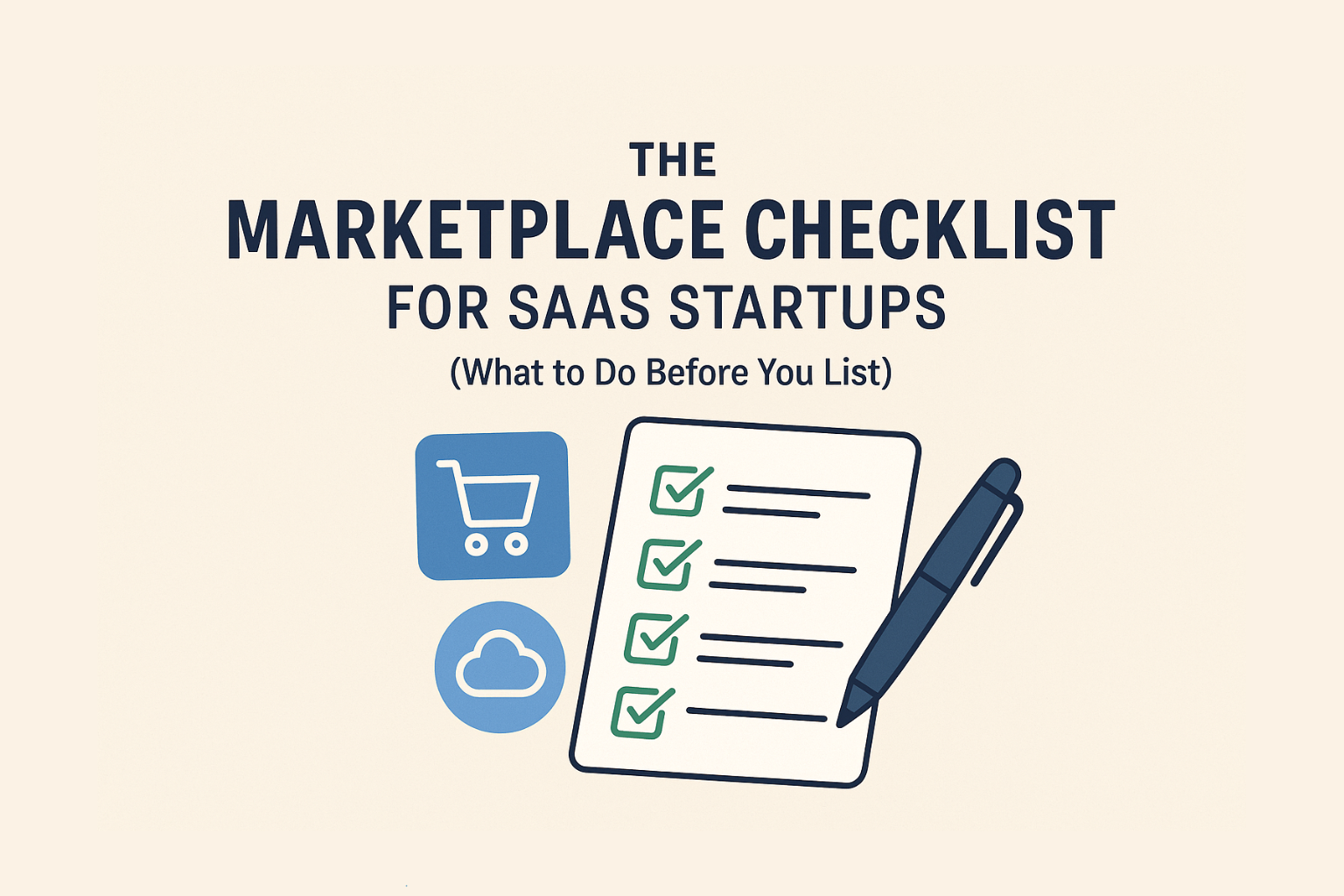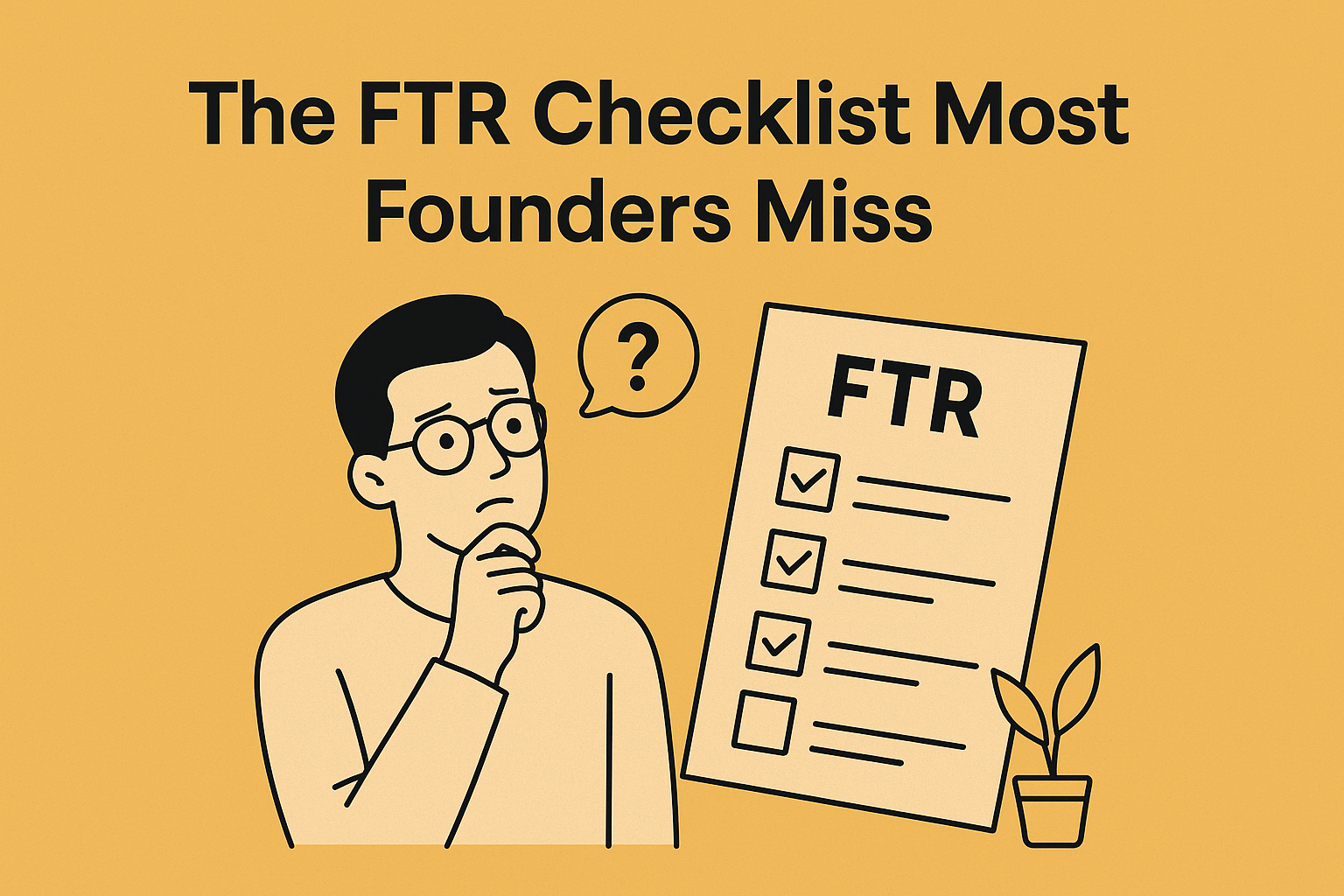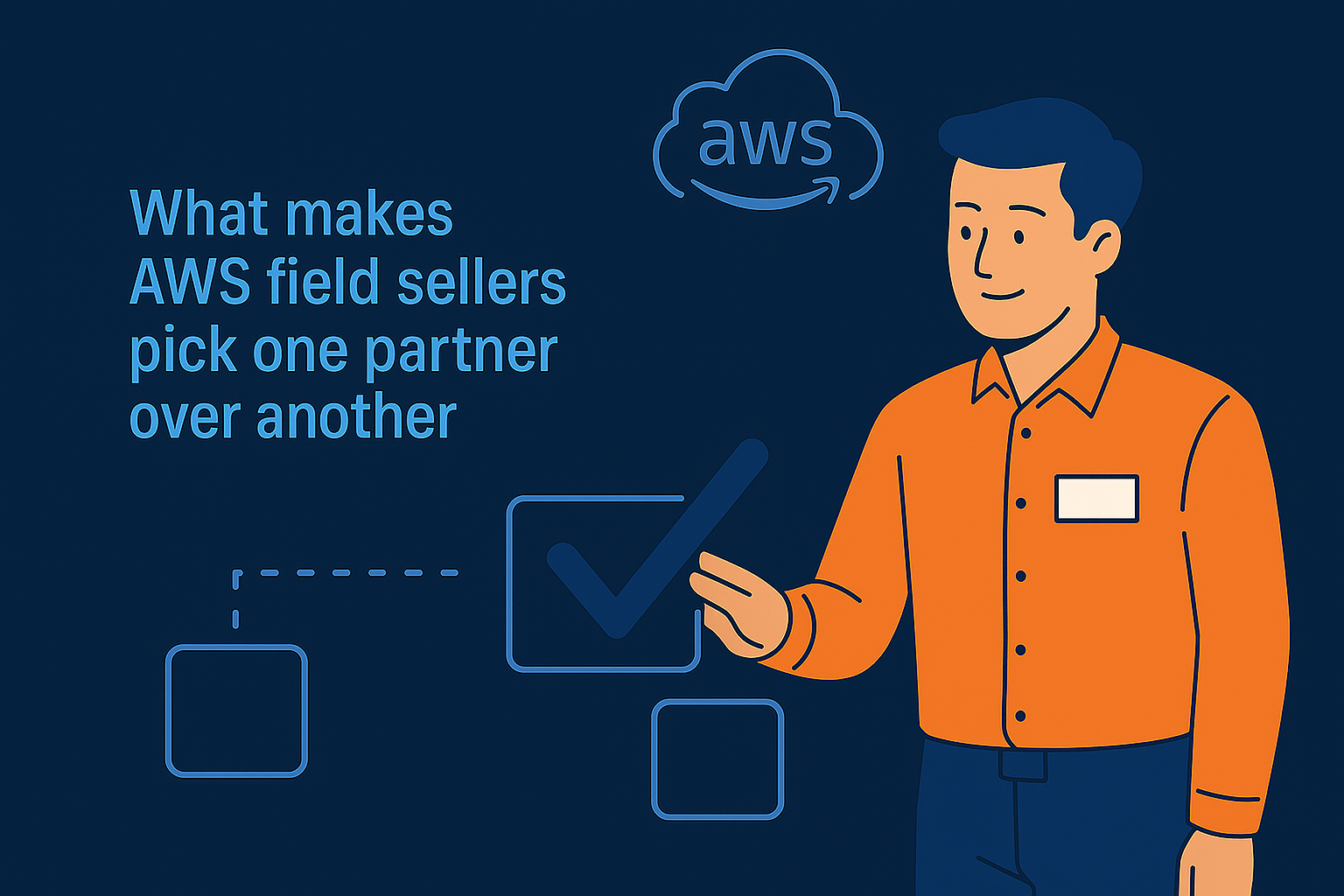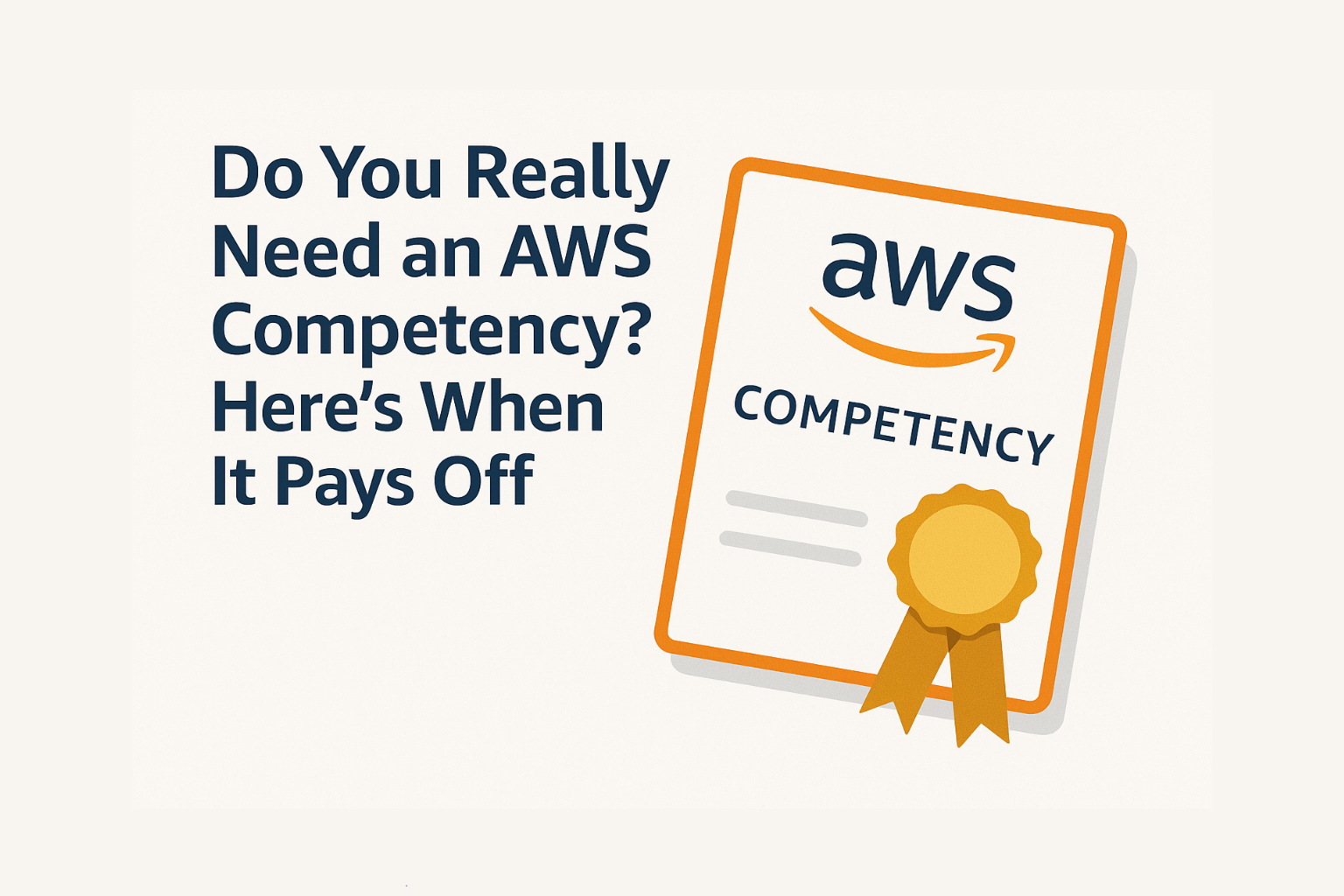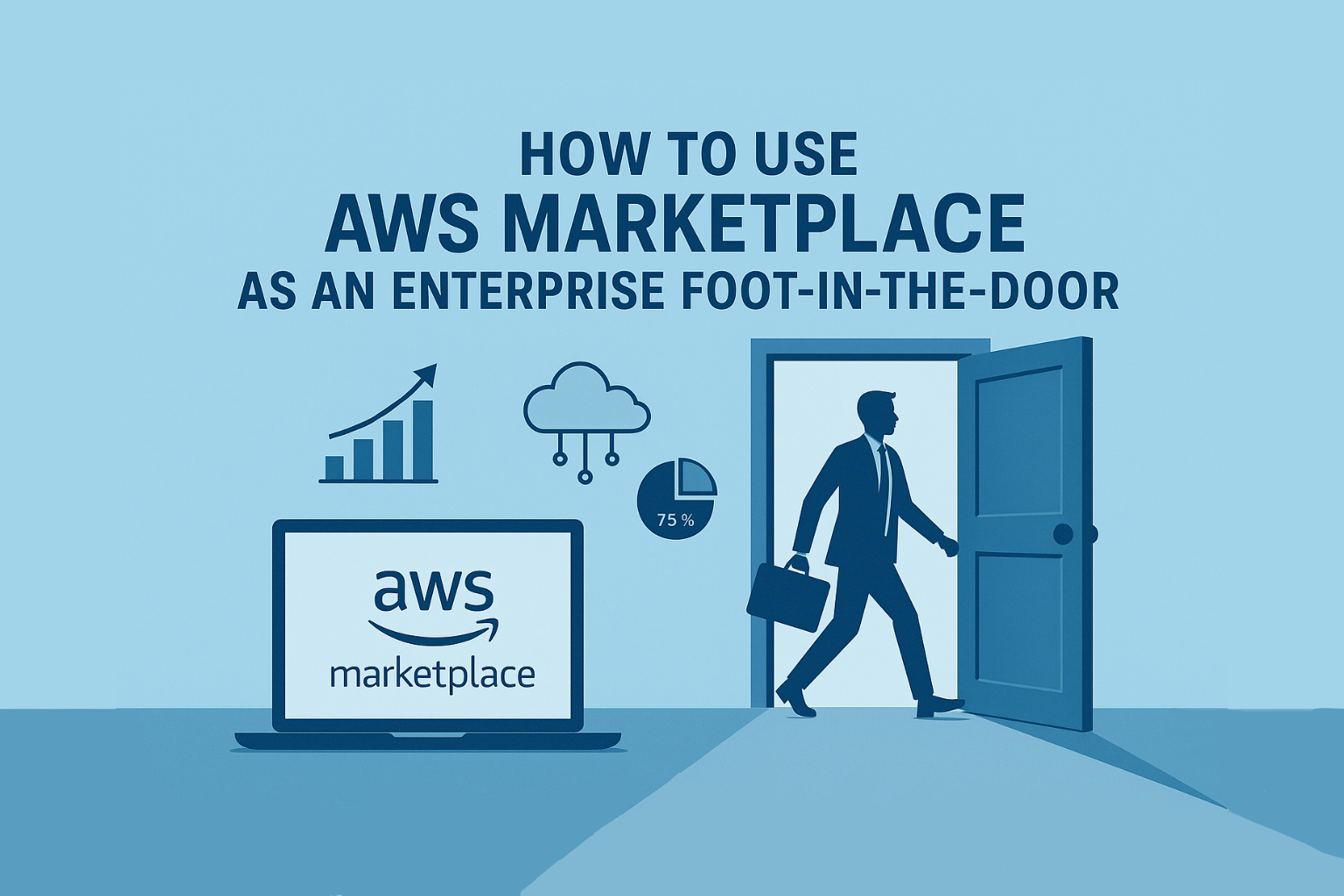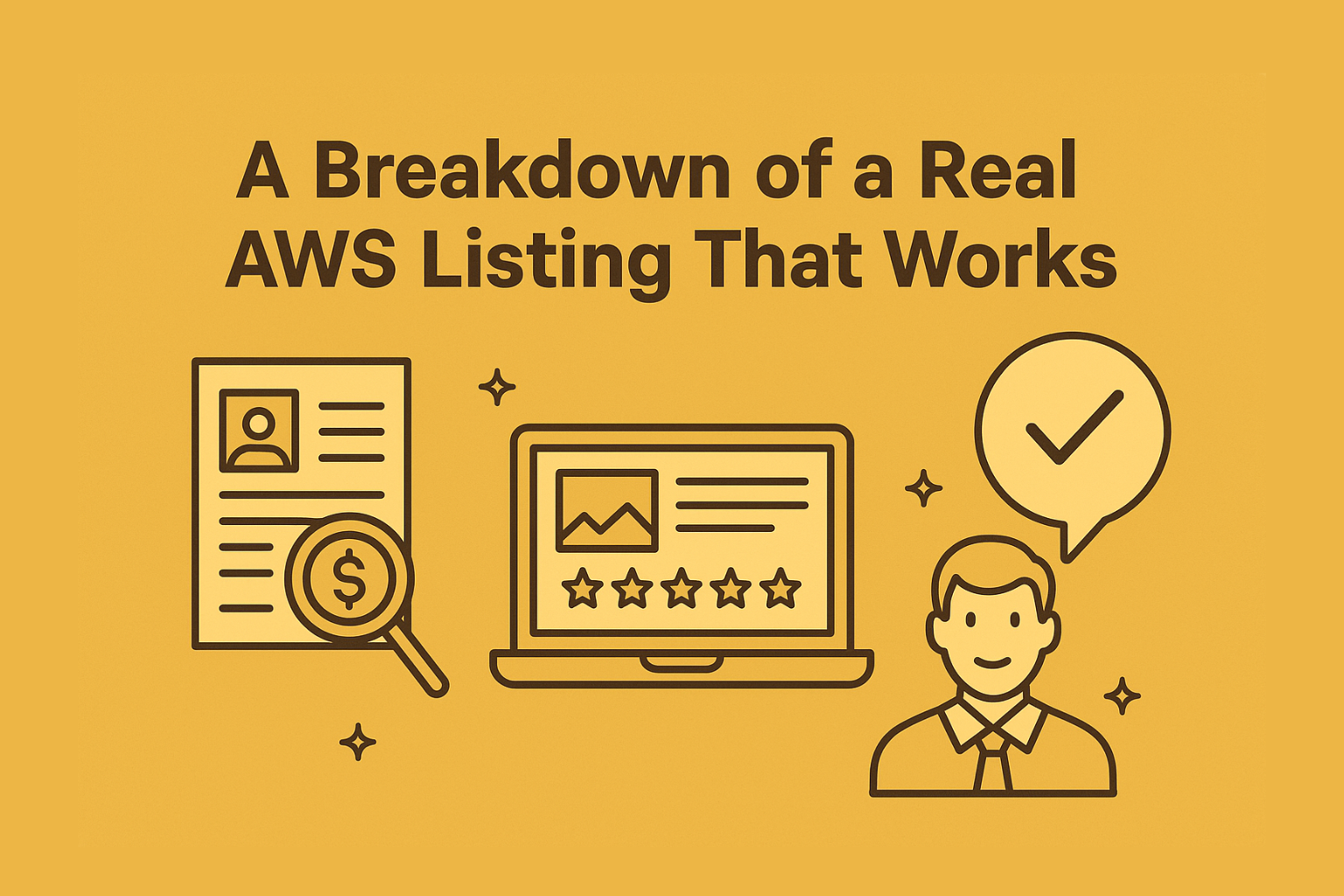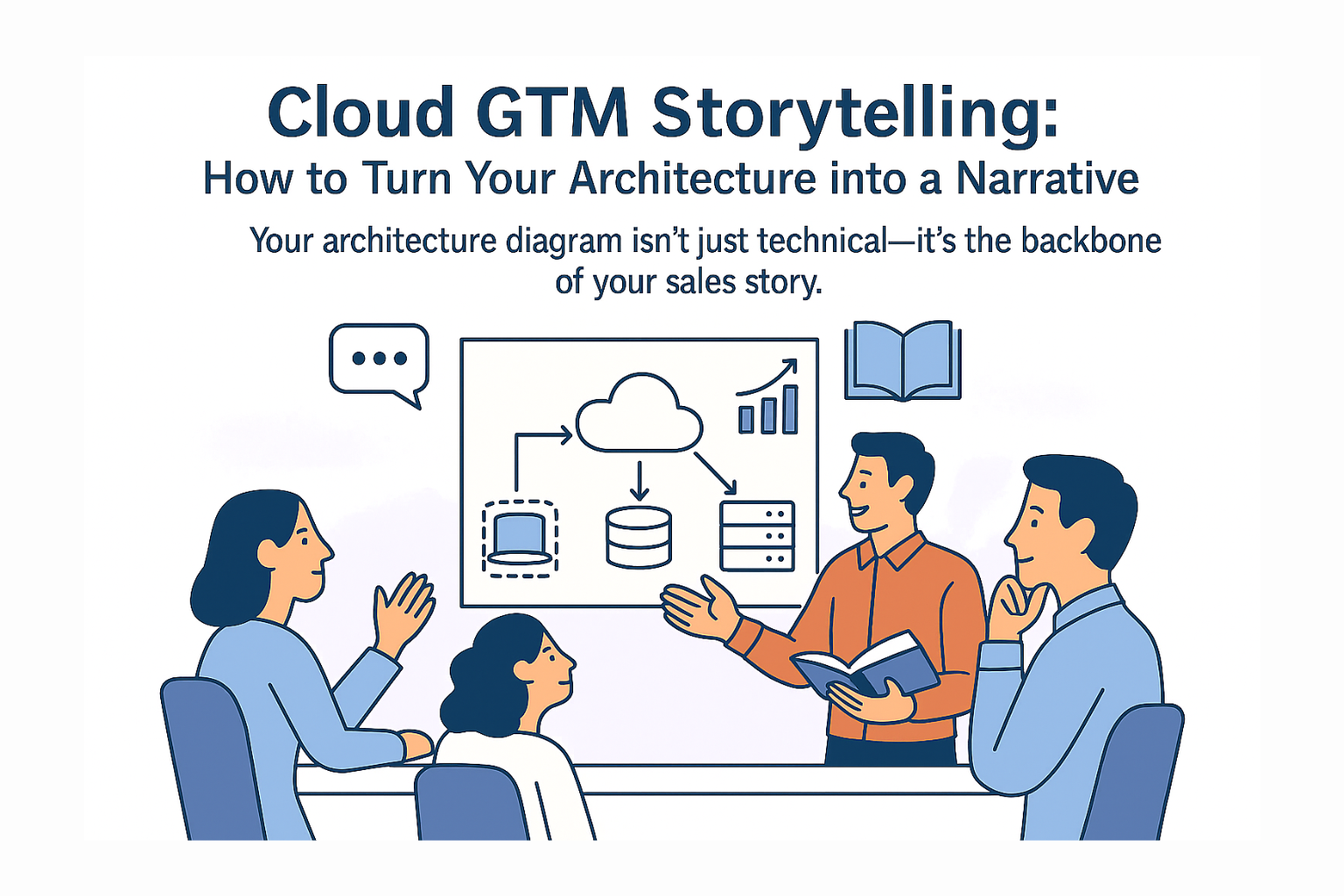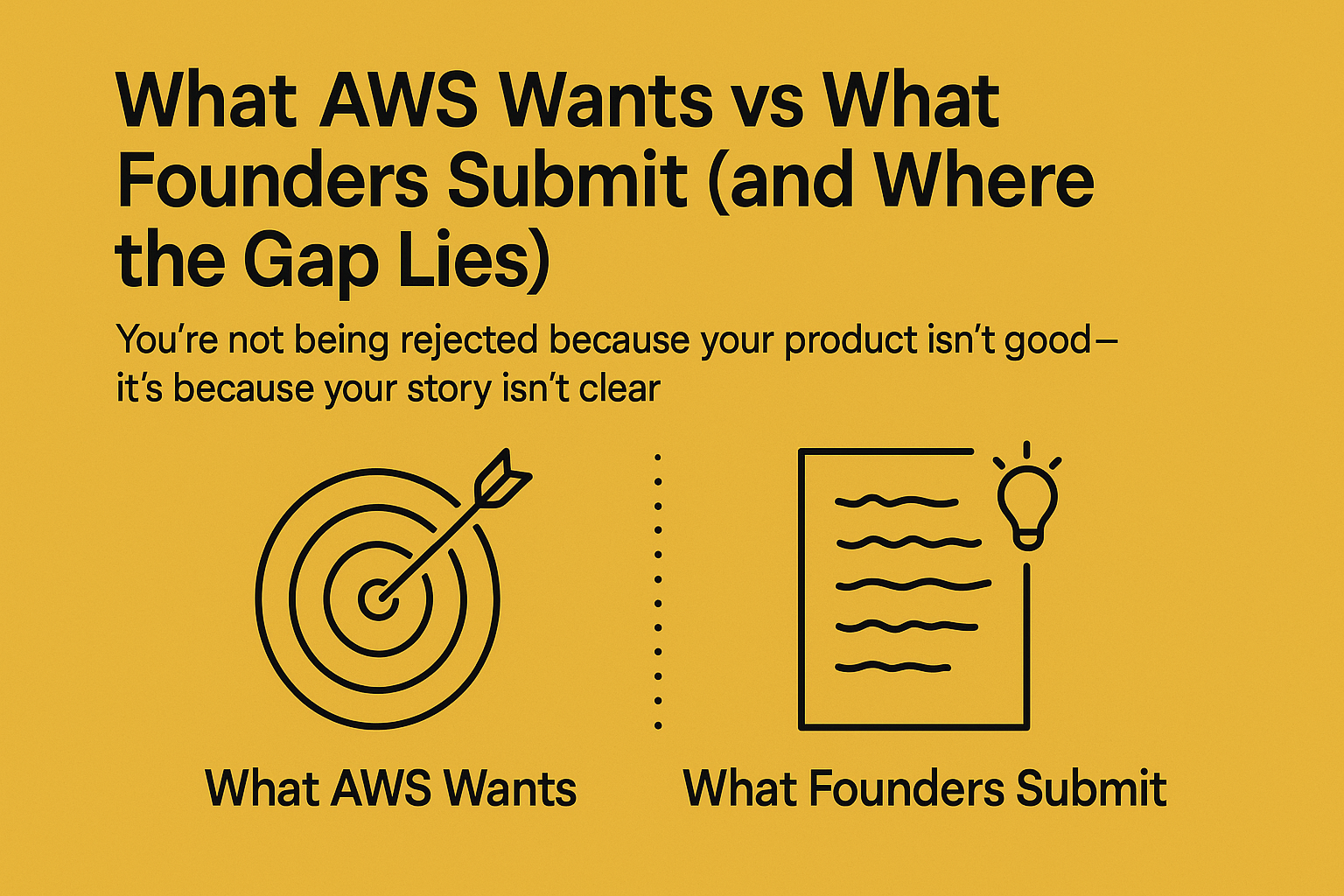Spoiler: Your usual success story won’t cut it.
Introduction
So you’re ready to start co-selling with AWS—or you’ve been nudged by your Partner Manager to submit case studies for validation.
Easy, right? Just take a few client testimonials, sprinkle in some screenshots, and call it a day?
Not quite.
AWS case studies are not your average marketing fluff.
They’re structured proof points designed to show:
- Real deployment,
- On AWS,
- For a real customer,
- With measurable impact.
In this post, we’ll walk you through exactly how to structure a case study that meets AWS Co-Sell or Competency standards—and how to avoid the red flags that lead to rejection.
What AWS Wants to See in a Case Study
| Element | Why It Matters |
|---|---|
| Customer Profile | Must be a real, named business—not “a large bank” or “a media client” |
| Problem Statement | Clear articulation of what the customer was struggling with |
| Solution Deployed | Details of how your product runs on AWS and solves the issue |
| AWS Services Used | Explicit mention of relevant AWS services (e.g., EC2, RDS, S3, etc.) |
| Business Outcome | Measurable results: reduced cost, improved time-to-market, lower latency |
| Technical Detail | Deployment method, architecture decisions, integrations |
AWS reviewers are looking for depth, proof, and technical clarity. Not slogans.
Structure of a Co-Sell-Ready Case Study
- Customer Overview
Company name, industry, scale, geography, basic tech stack
- The Challenge
What pain points or goals prompted the solution need?
- The Solution
How your product (hosted on AWS) was deployed and configured
- AWS Services Used
List services and their role—e.g., “Used Amazon S3 for encrypted backups”
- Deployment Model
SaaS? AMI? Container-based? Describe setup & management
- Results / Outcomes
Real metrics: “Reduced cloud spend by 30%”, “Improved reporting speed by 60%”
- Why AWS? Why Your Solution?
Justify the architecture and vendor choices to close the story
Common Mistakes That Get Case Studies Rejected
- “Anonymous” customers with no real name or profile
- No AWS services mentioned—even though it’s required
- Outcomes like “customer was happy” instead of actual metrics
- Using a marketing blog as a case study file
- No mention of how the product is deployed or secured on AWS
Tip: Co-Sell teams use these case studies to position you with AWS sellers. Make their job easier with specifics.
What a Good AWS Case Study Feels Like:
“ACME Inc., a mid-market fintech firm in Singapore, needed to automate fraud detection across their microservice stack. They deployed [YourProduct] on AWS using ECS Fargate, integrated it with Amazon Redshift for near-real-time data ingestion, and reduced incident triage time by 48% within 3 months. This enabled their ops team to meet compliance SLAs faster—with 100% uptime since go-live.”
That’s what AWS wants. Not “We helped a client scale with ease.”
Bonus: You’ll Use These Case Studies Everywhere
A well-written AWS case study can also power:
- Your Marketplace listing
- Your Competency application
- Co-Sell briefs for AWS Account Managers
- Your sales enablement deck
- Customer success collateral
So it’s not just for validation—it’s an investment in your GTM foundation.
Conclusion
If you want AWS to co-sell your product, give them content they can confidently stand behind.
That starts with credible, structured, metrics-backed case studies—not copy-paste testimonials.
Want to see a case study that’s actually been Co-Sell approved?
Contact us for more details.
